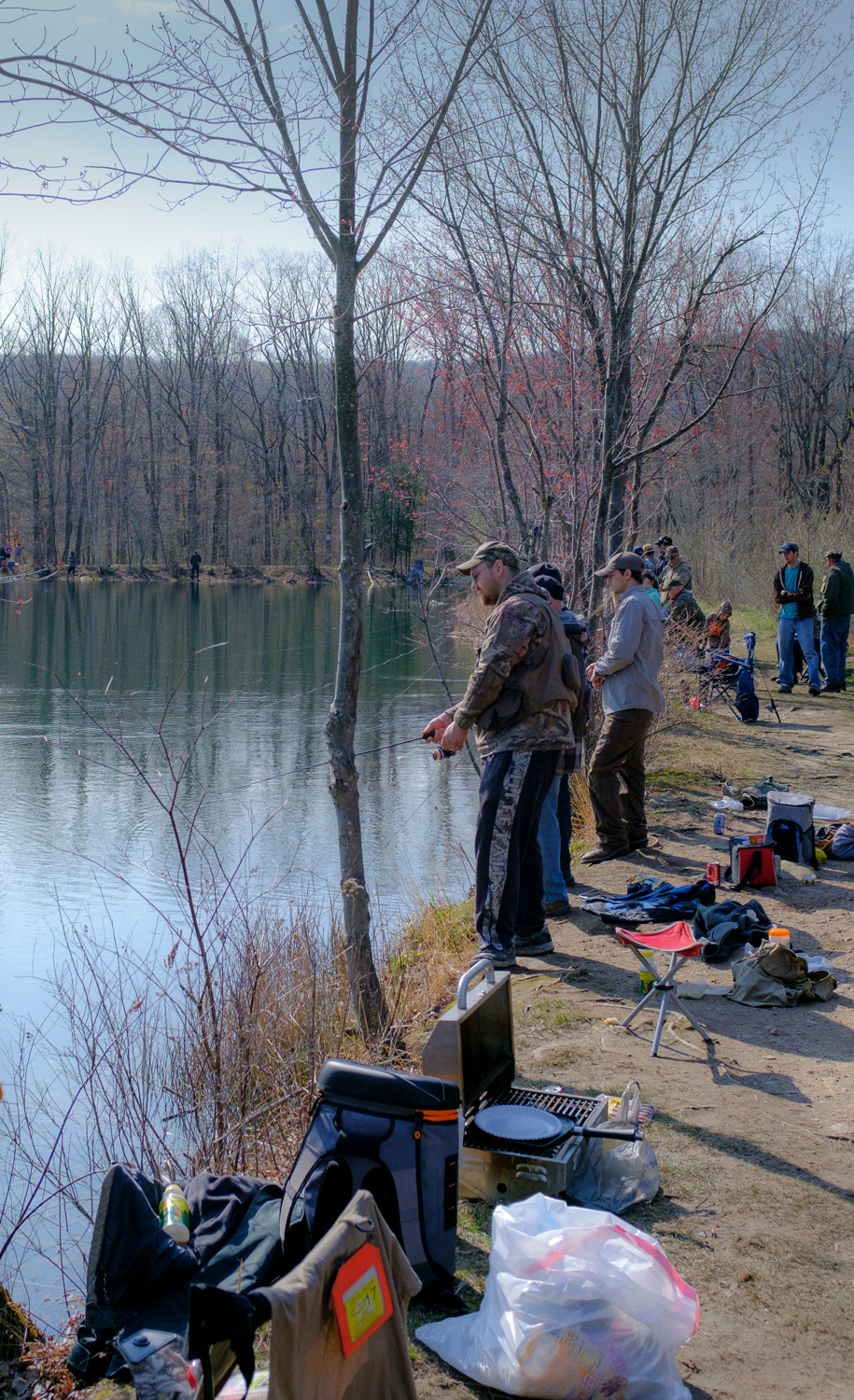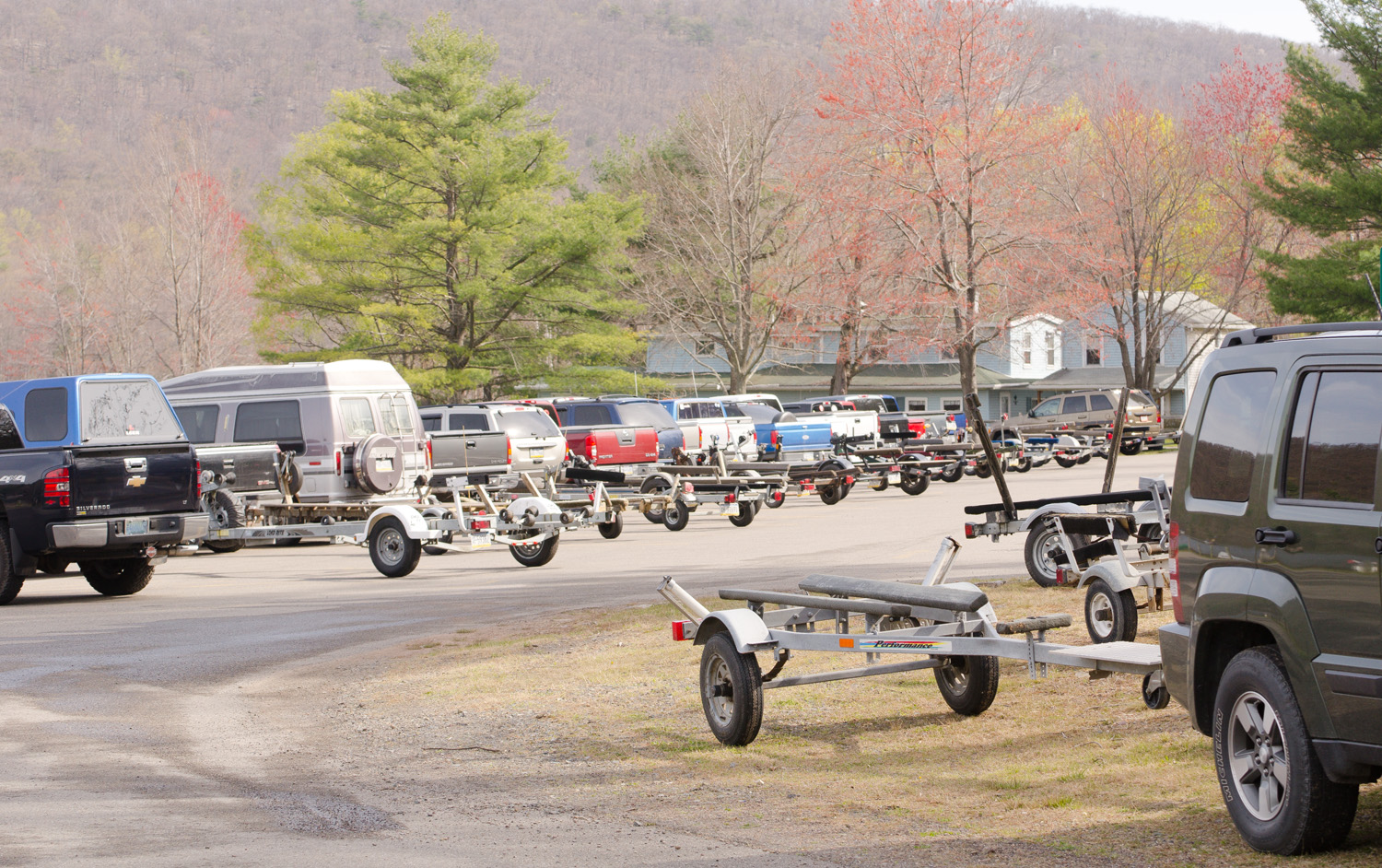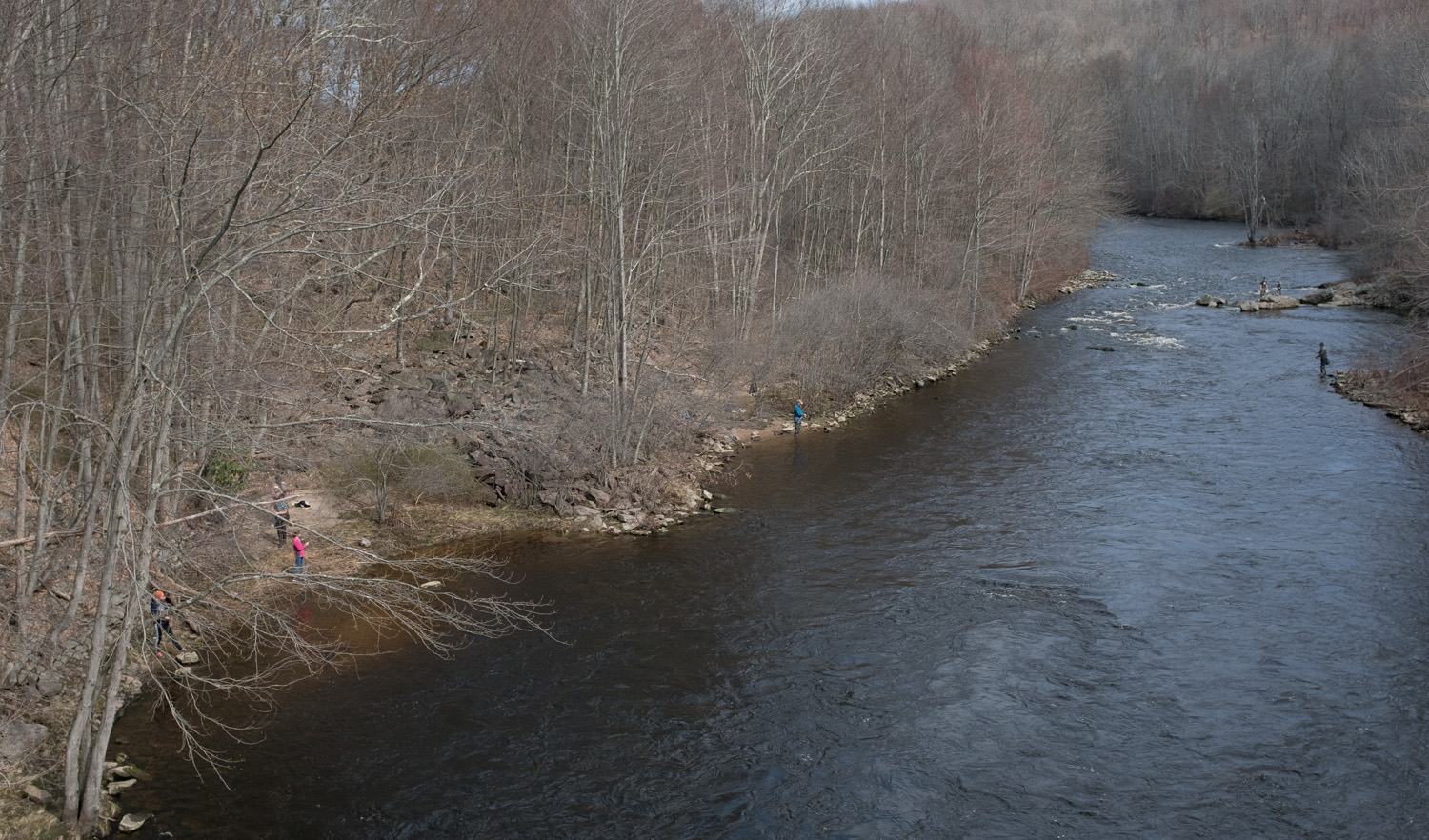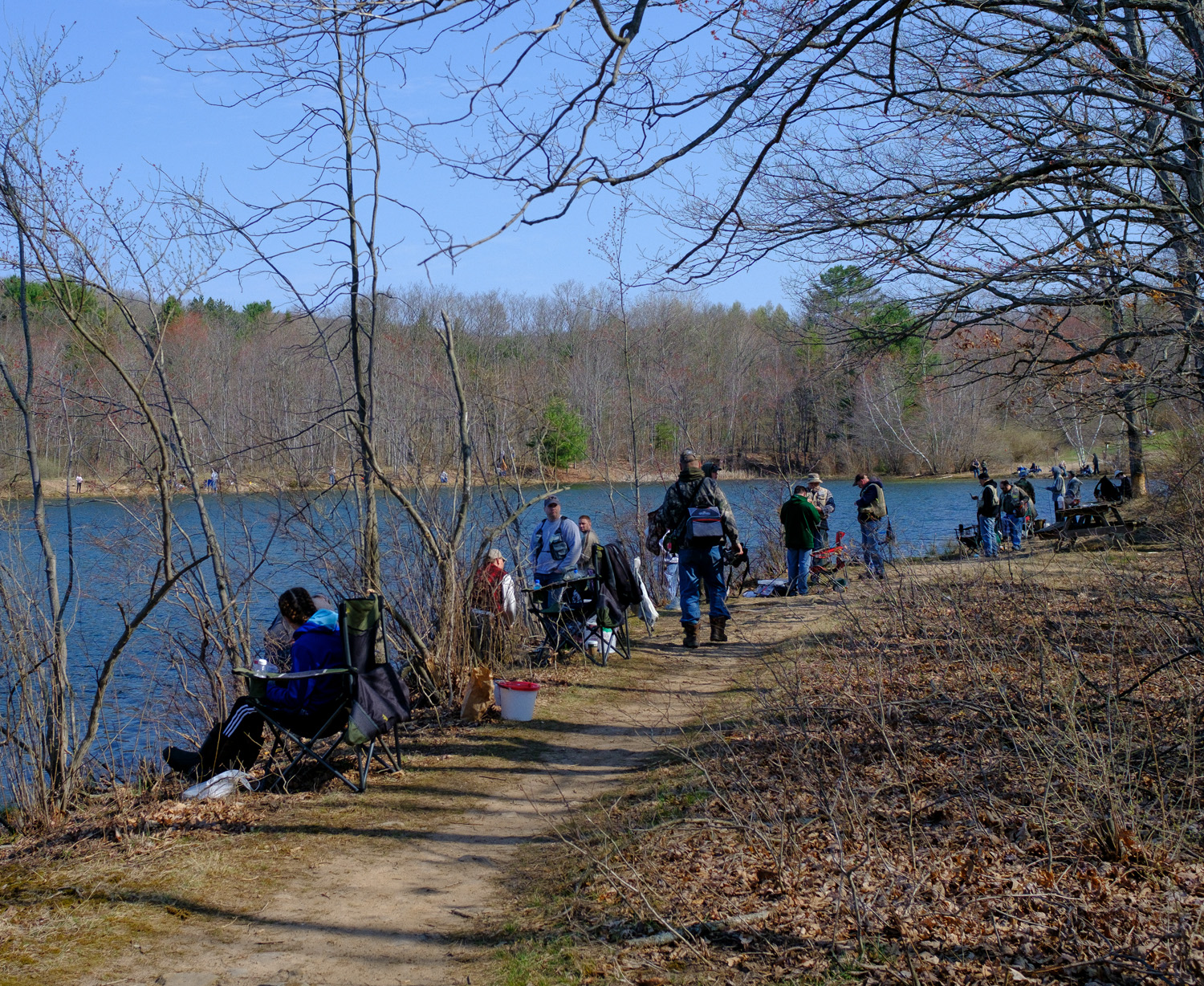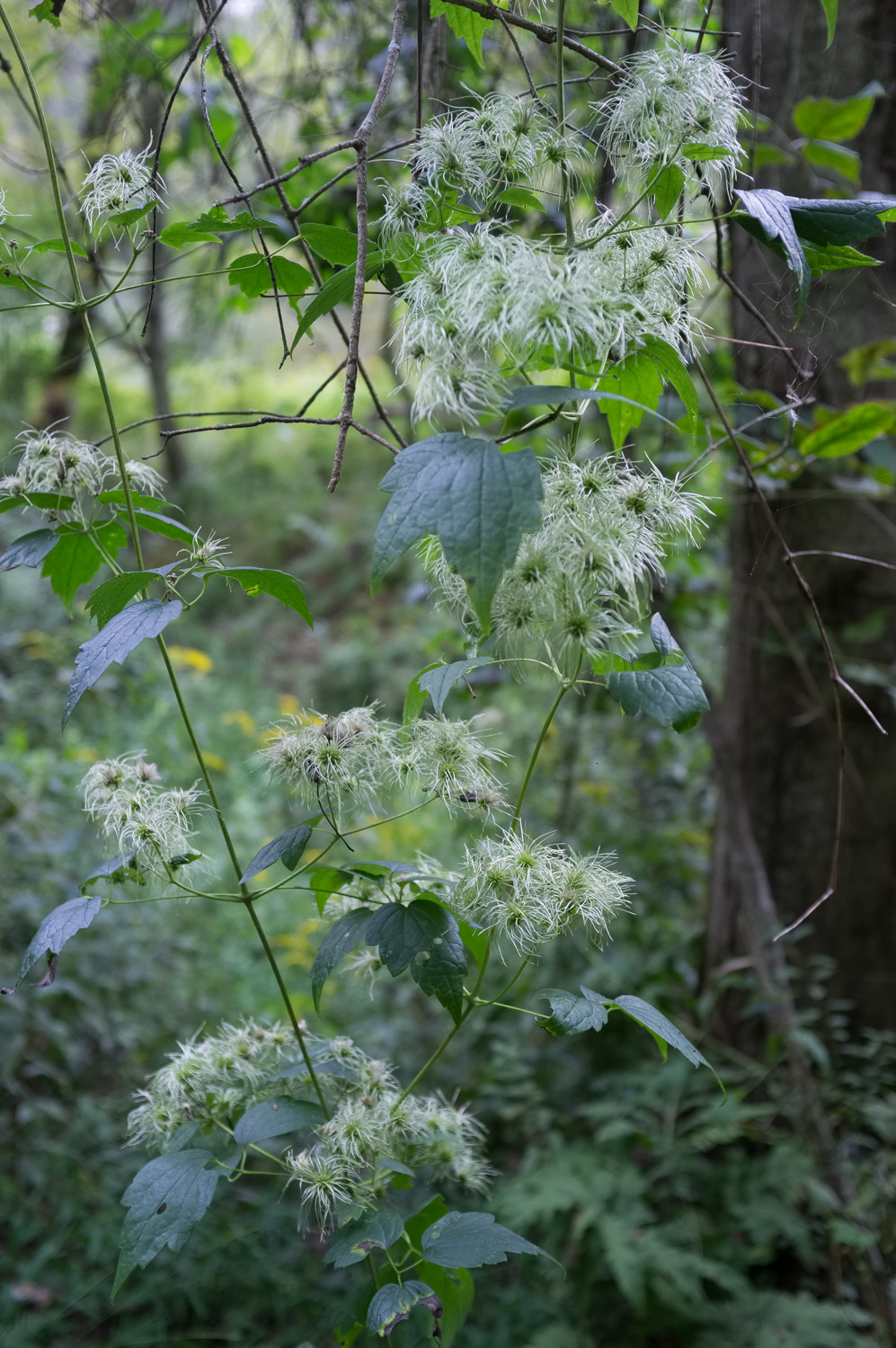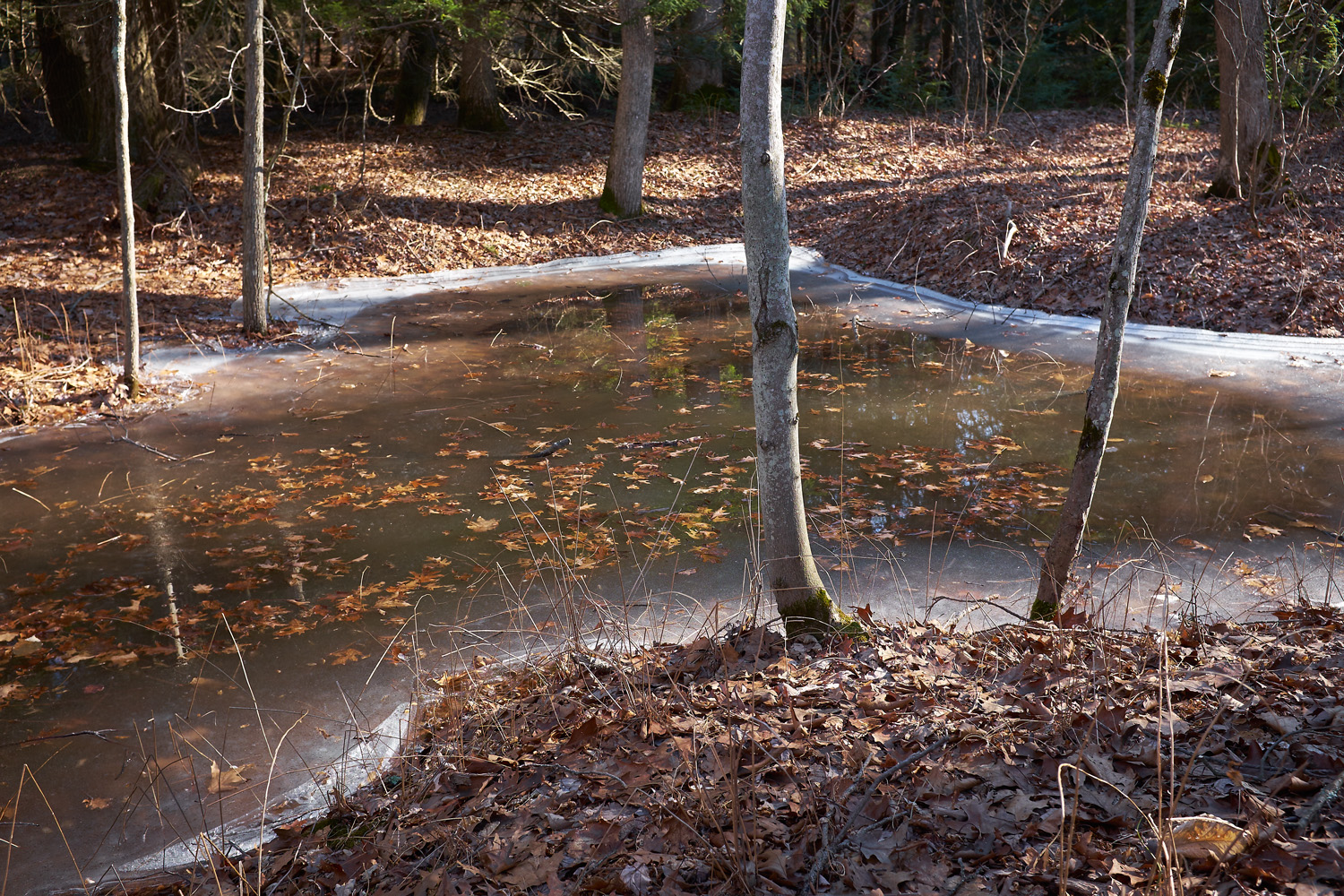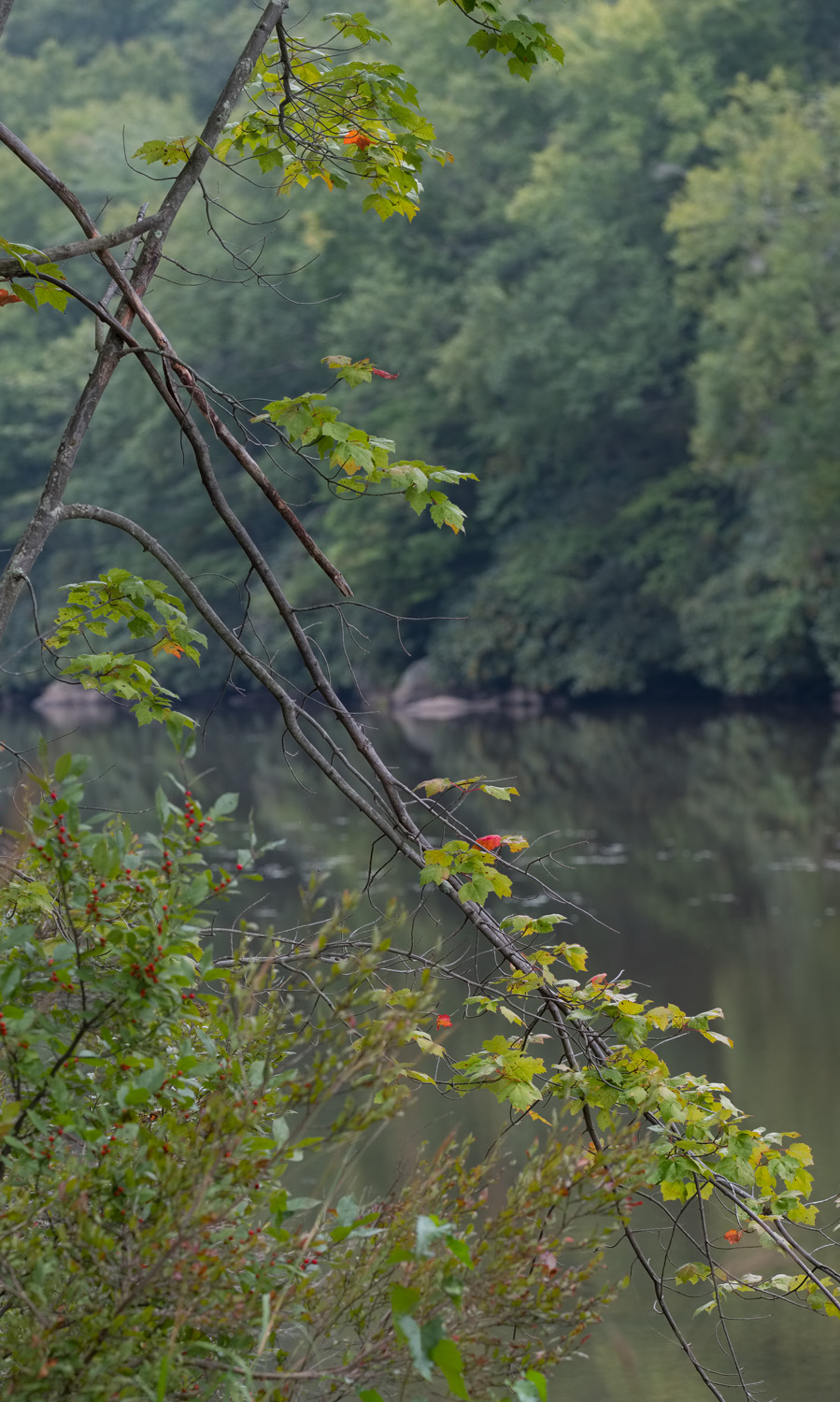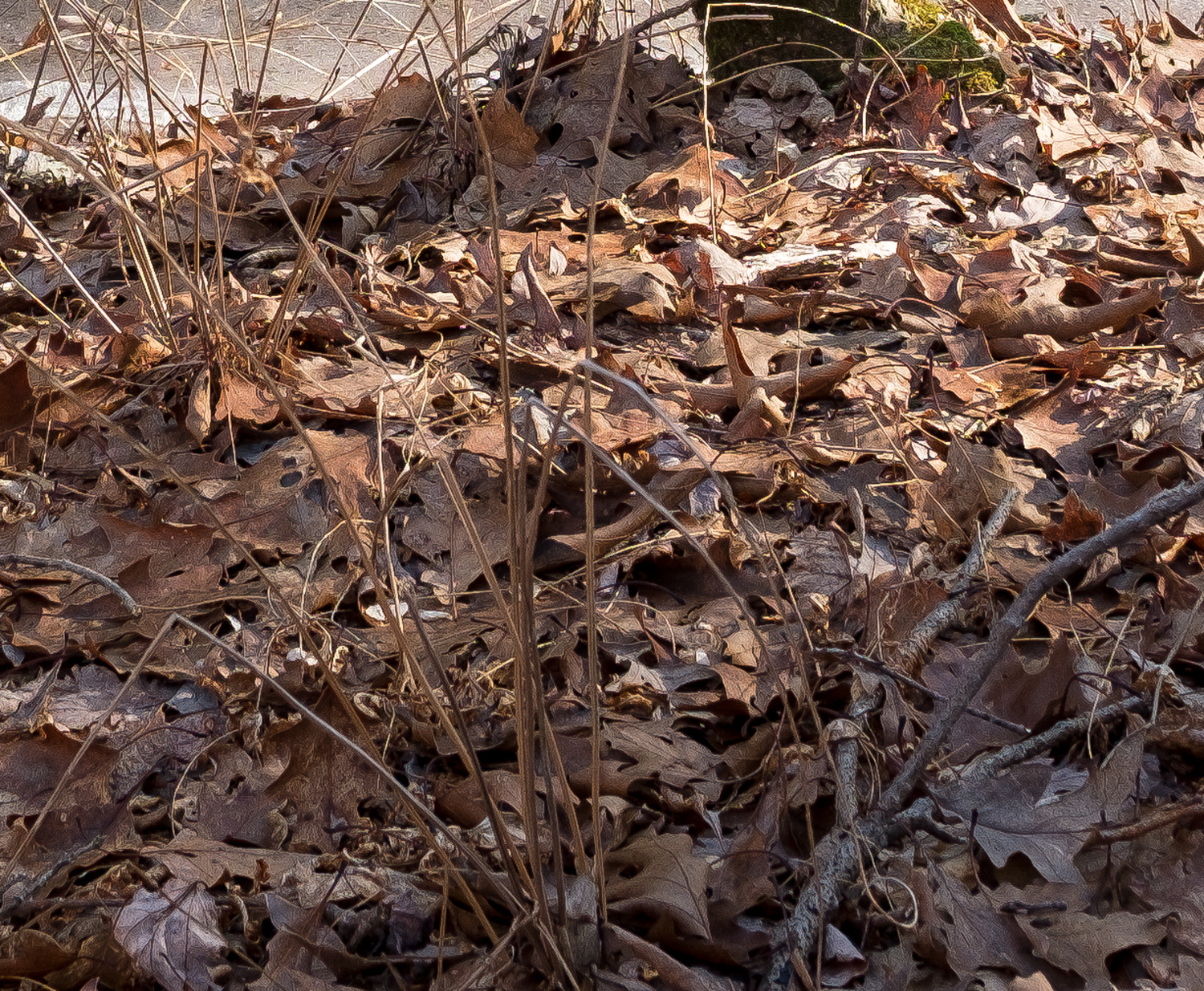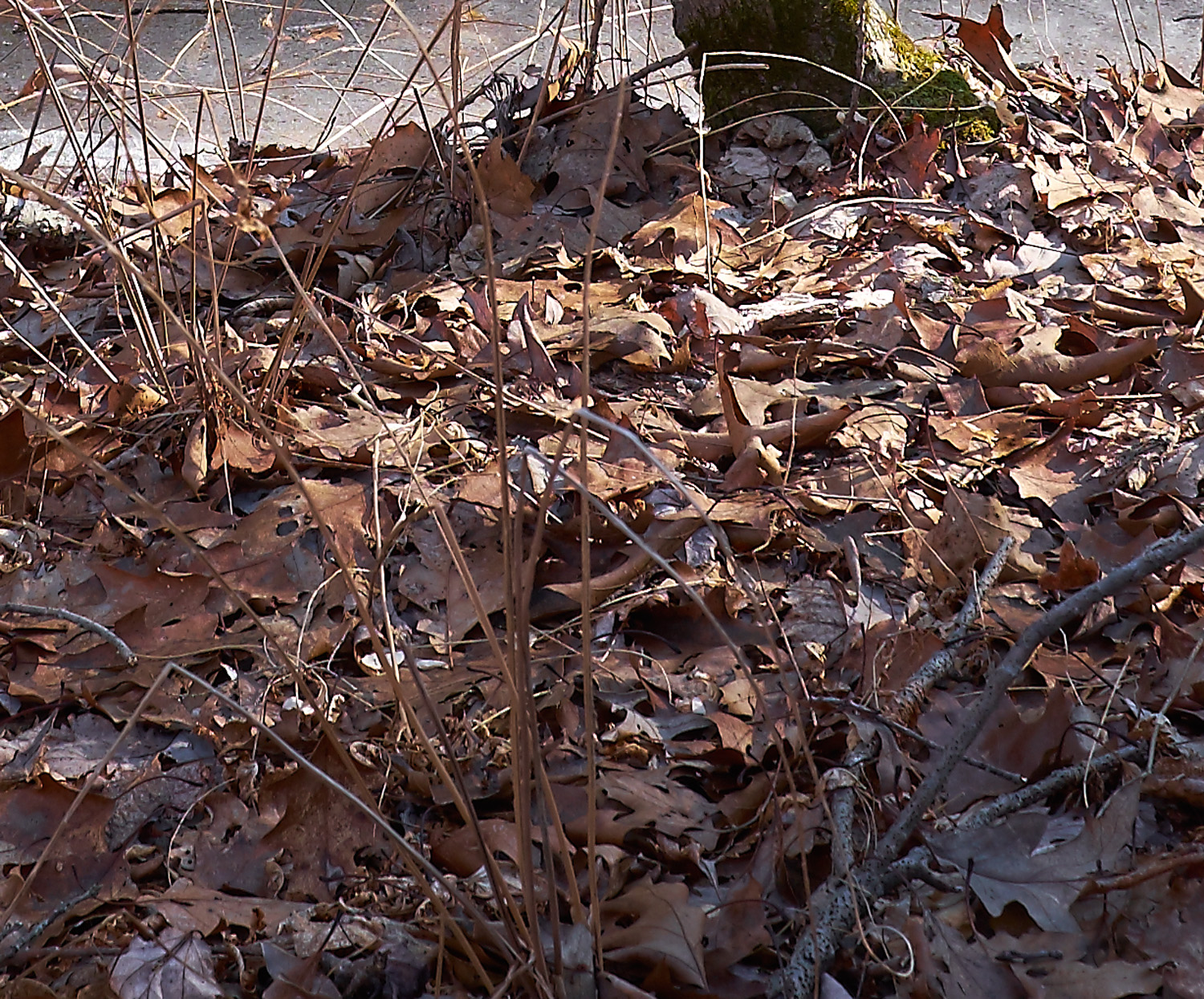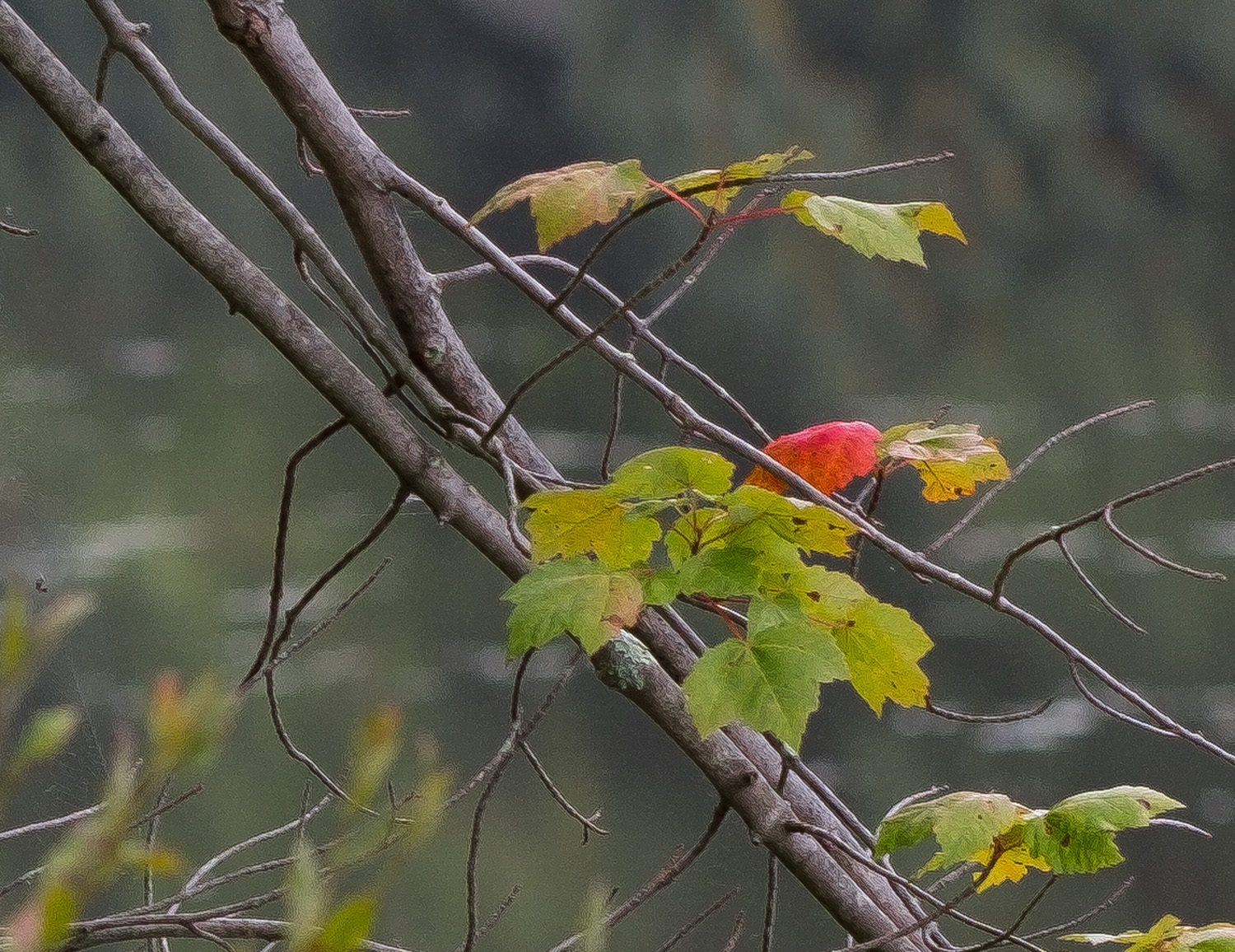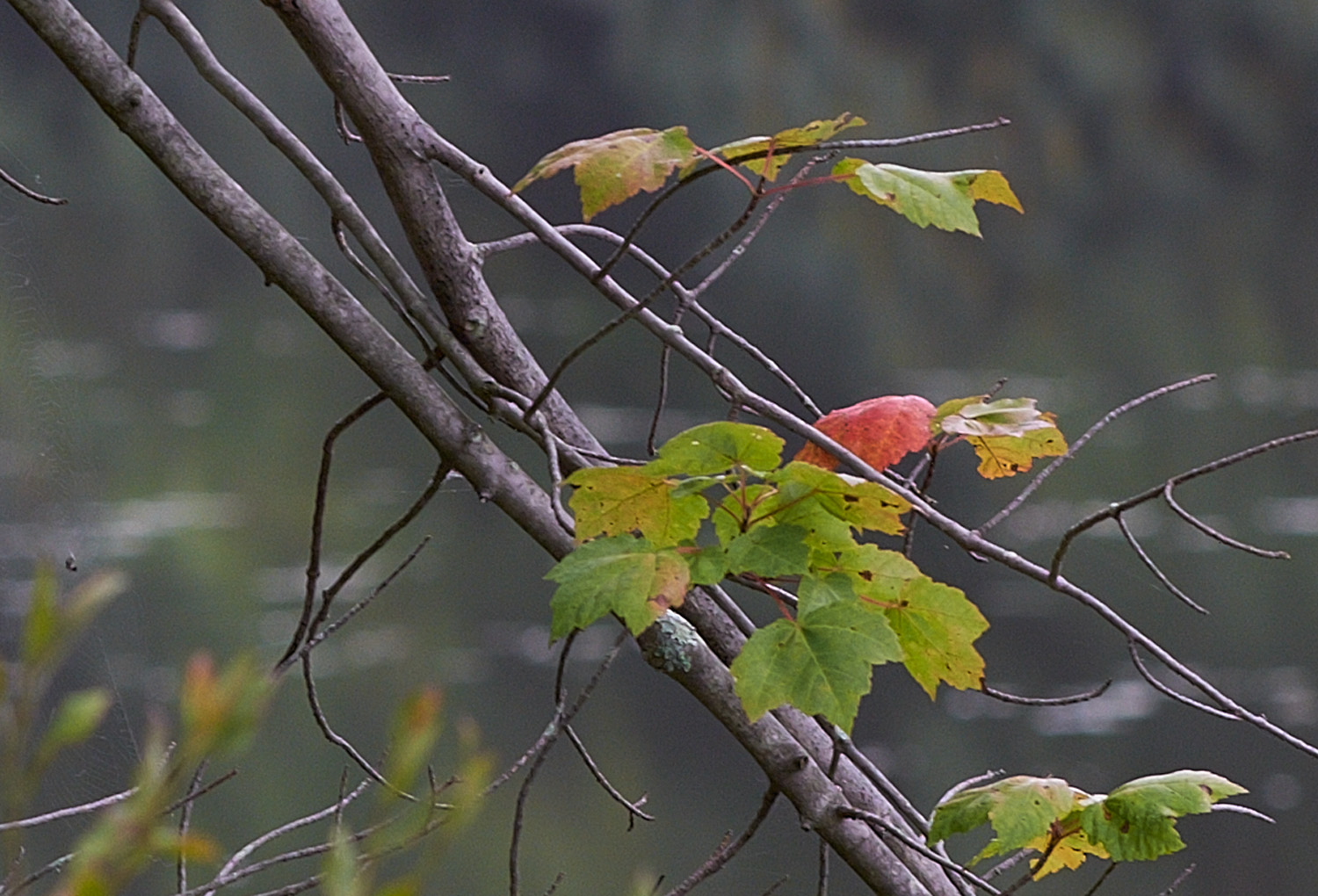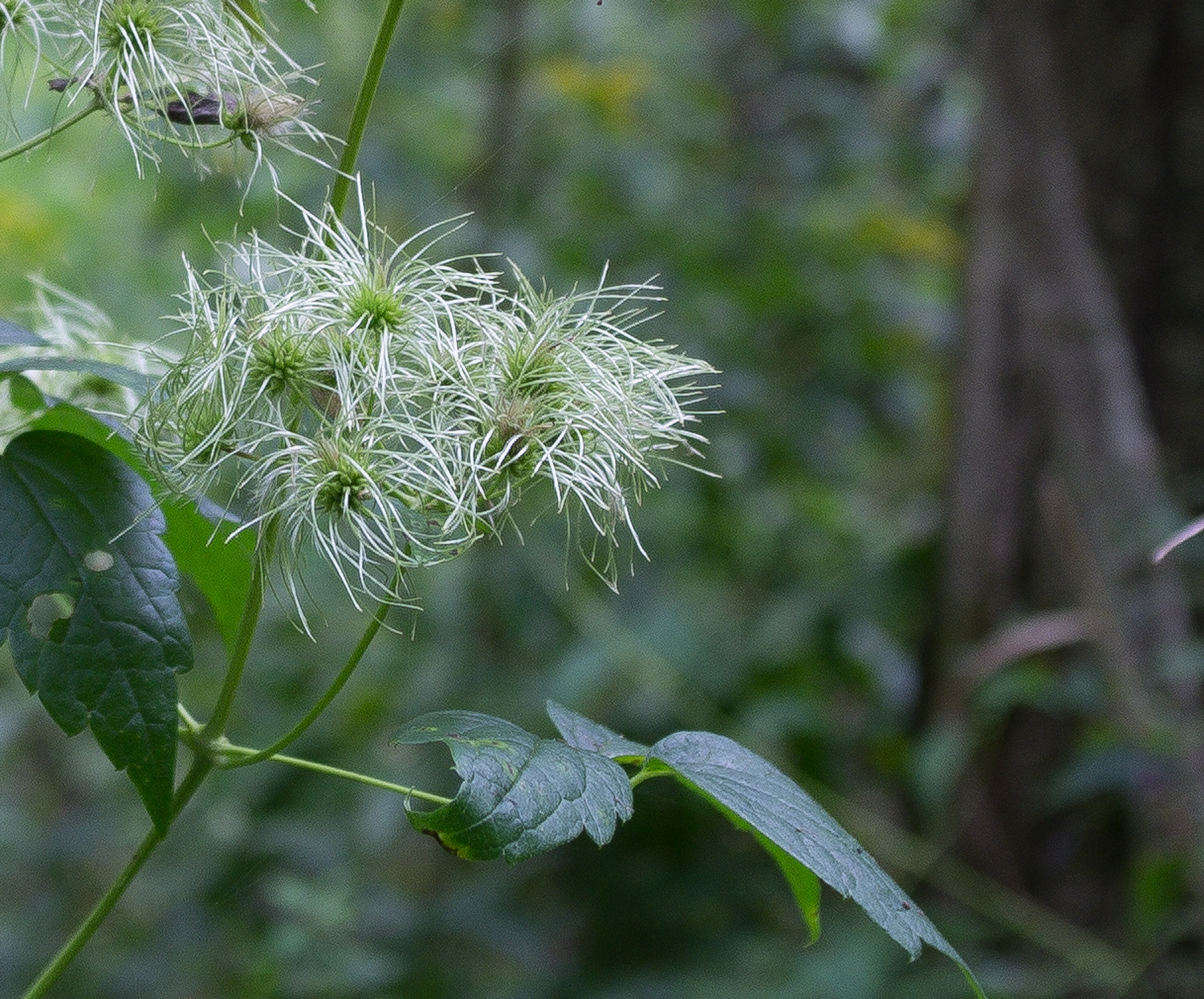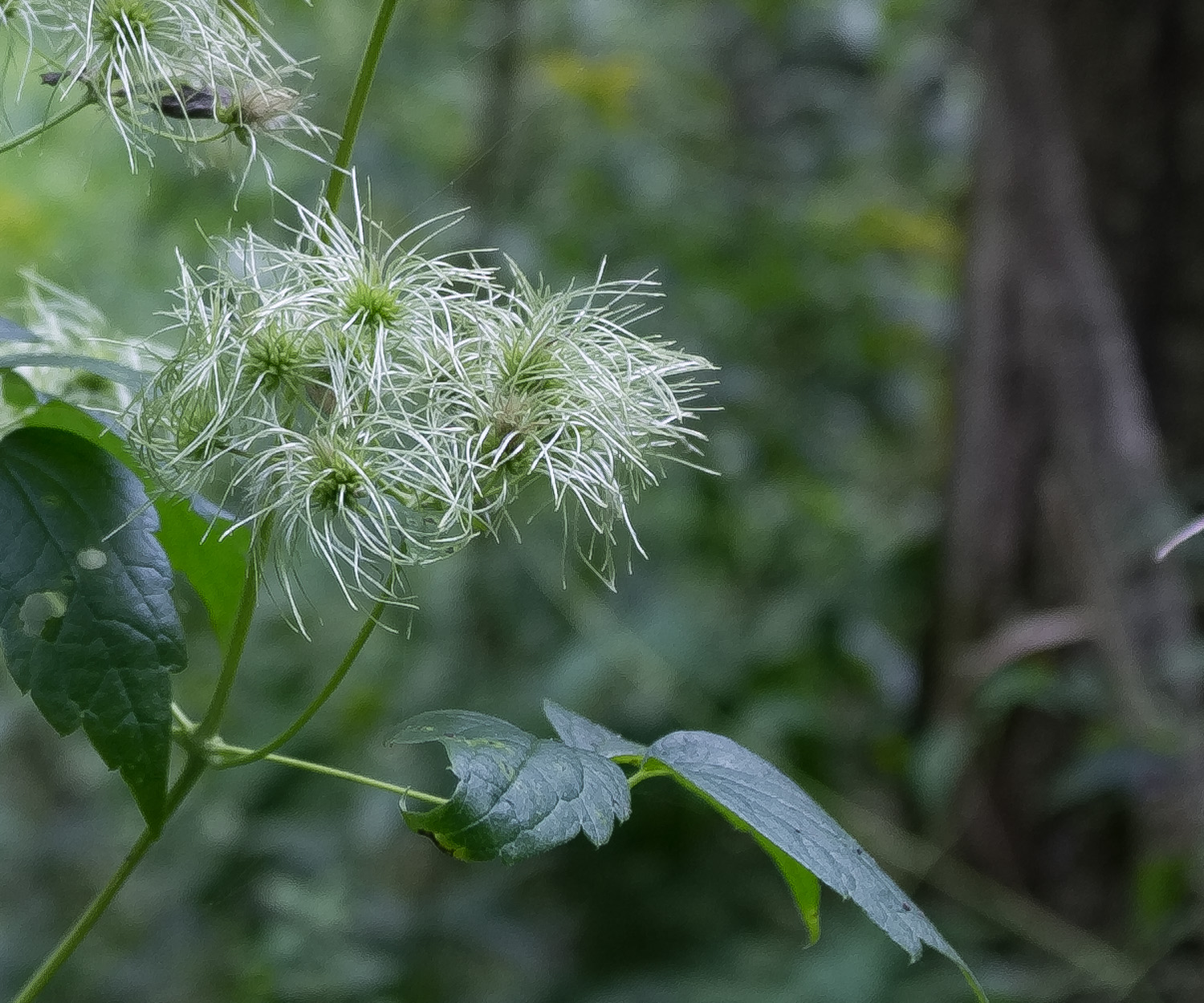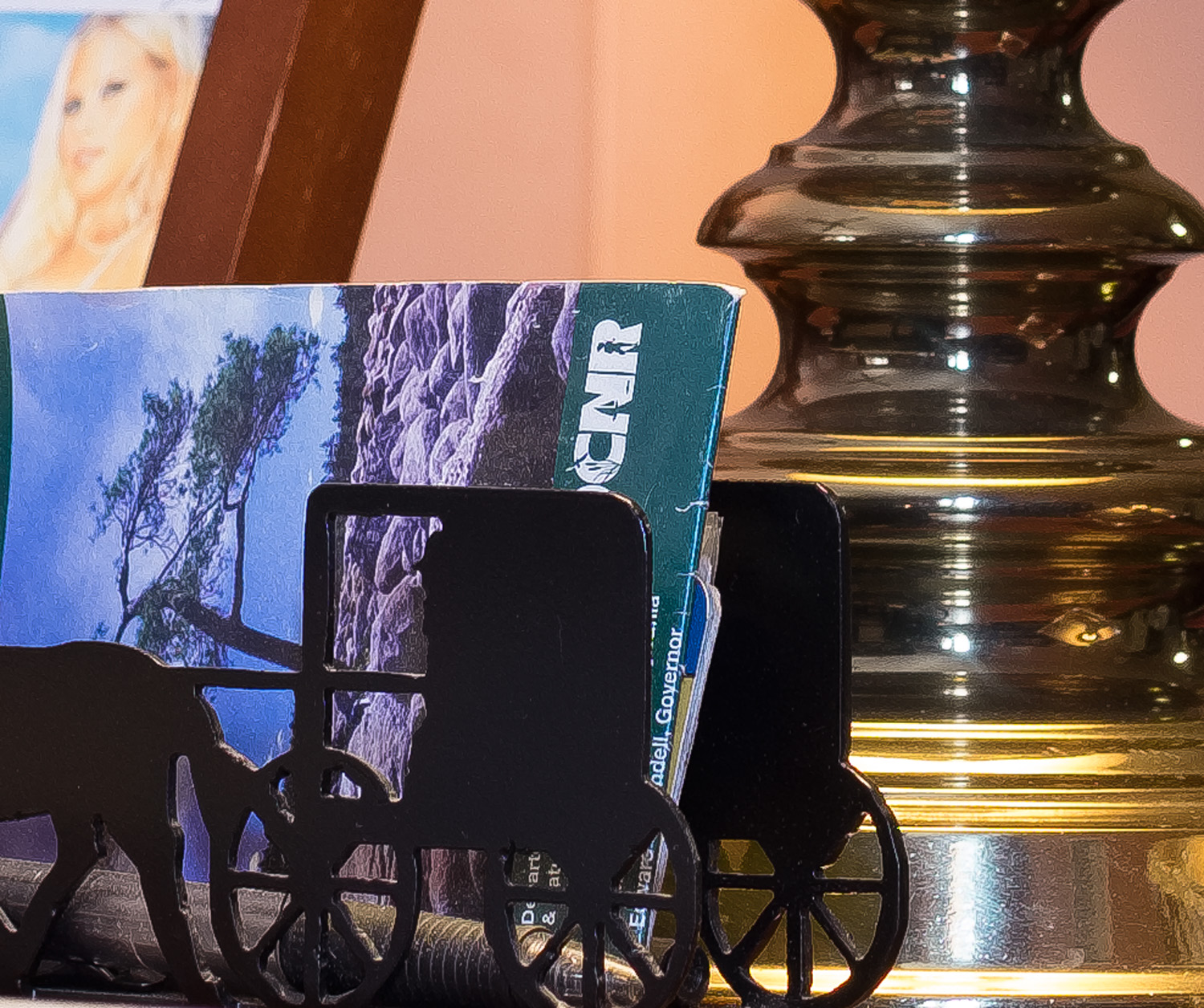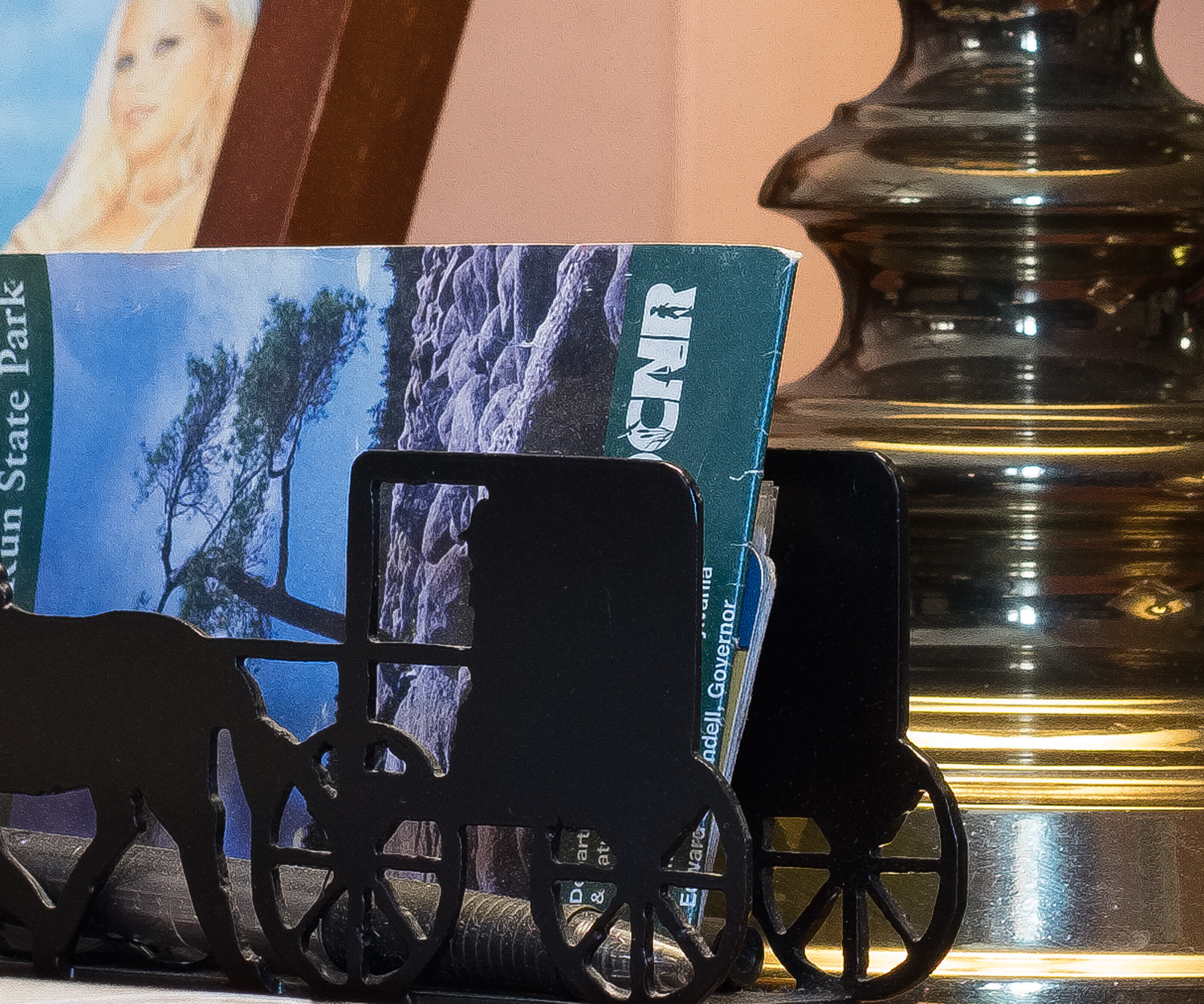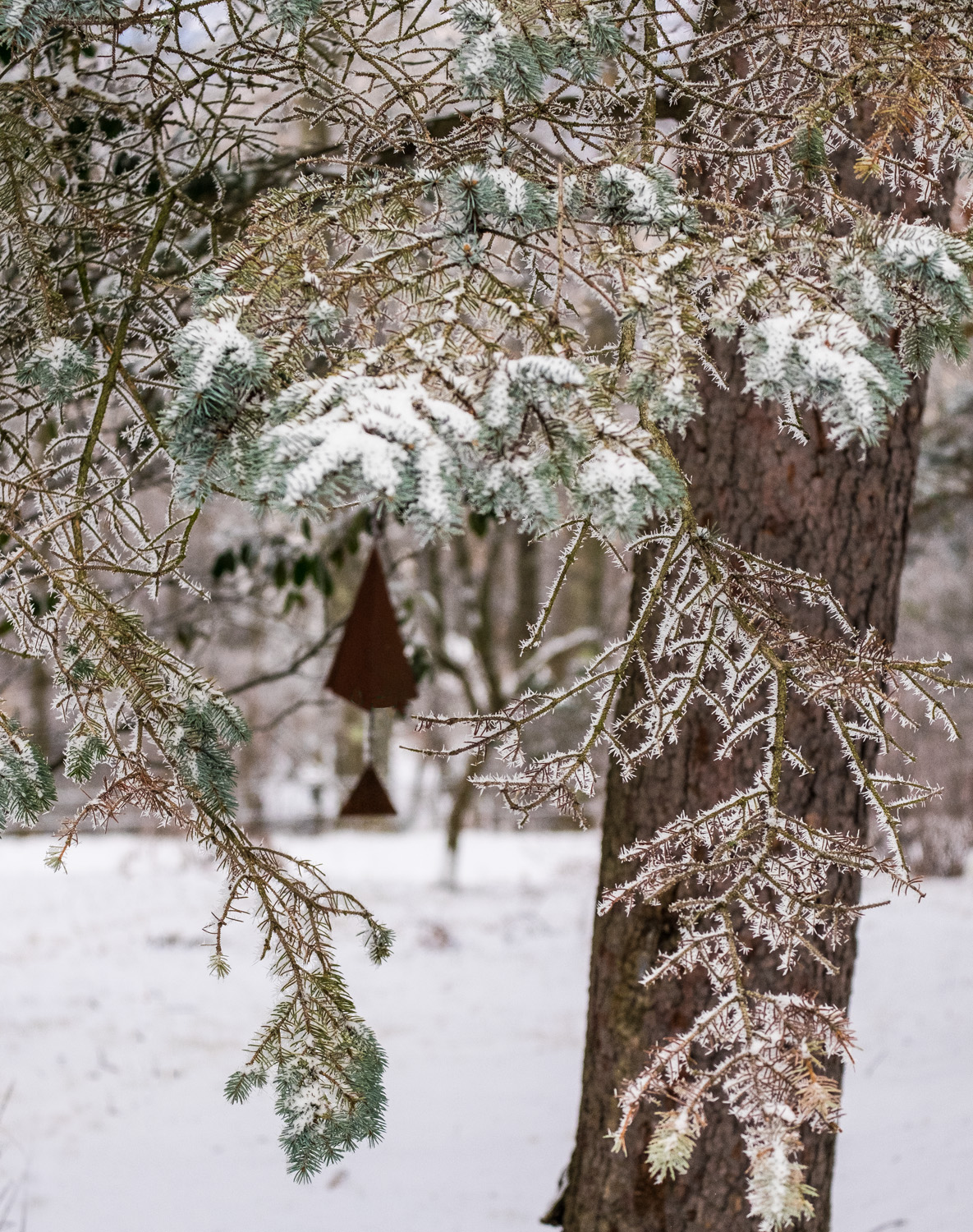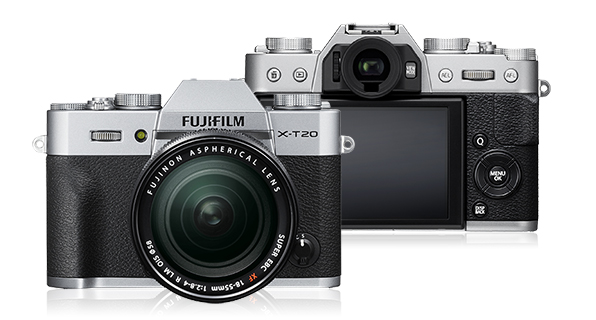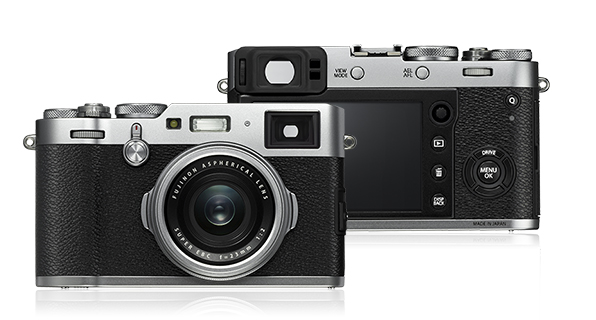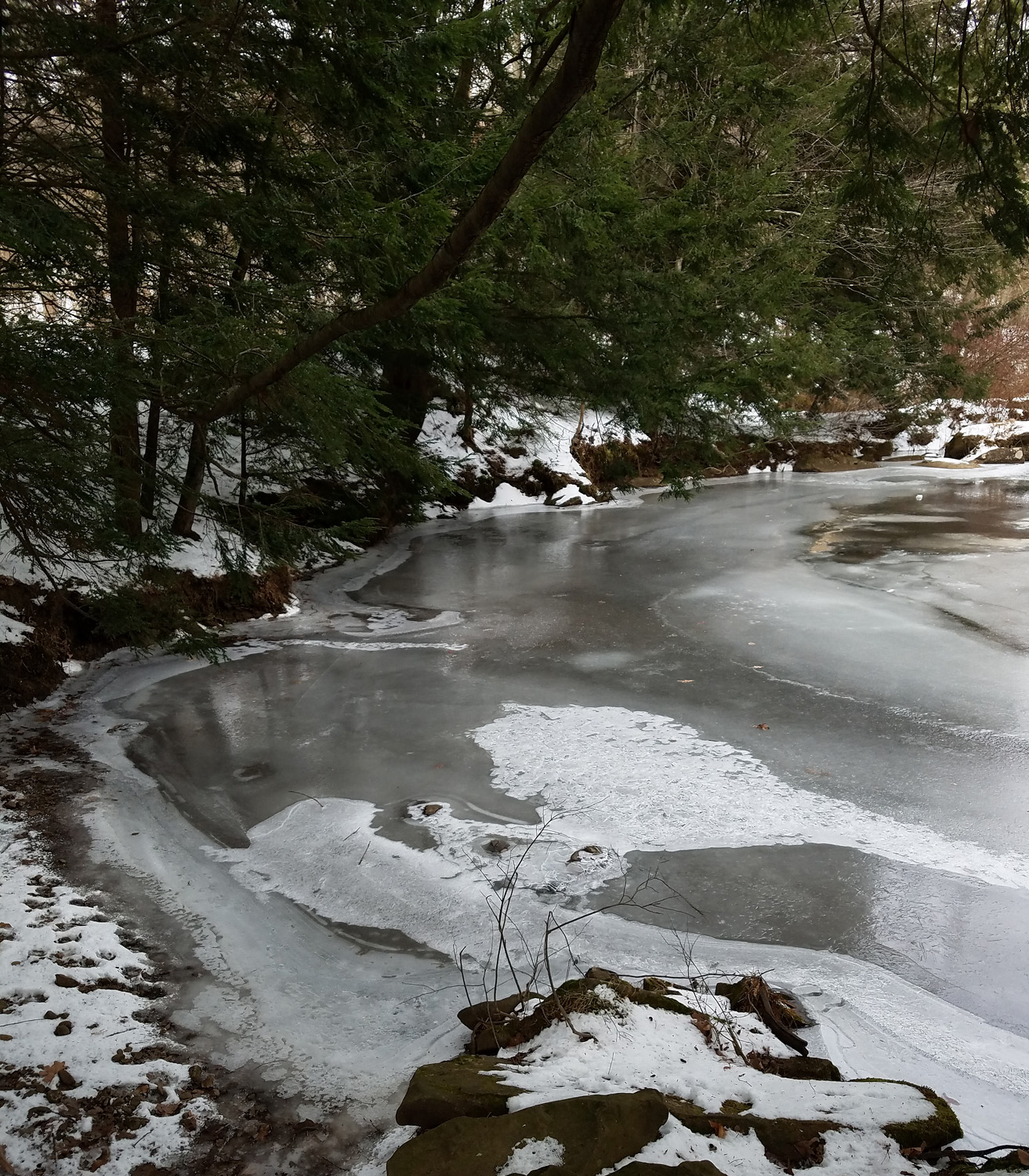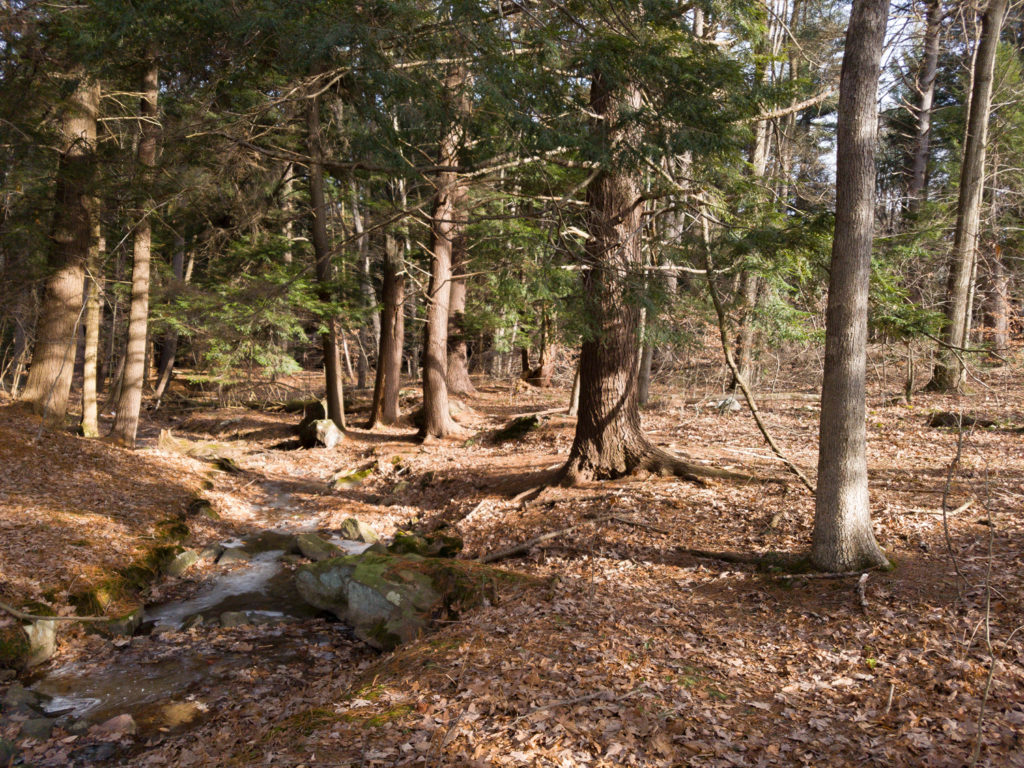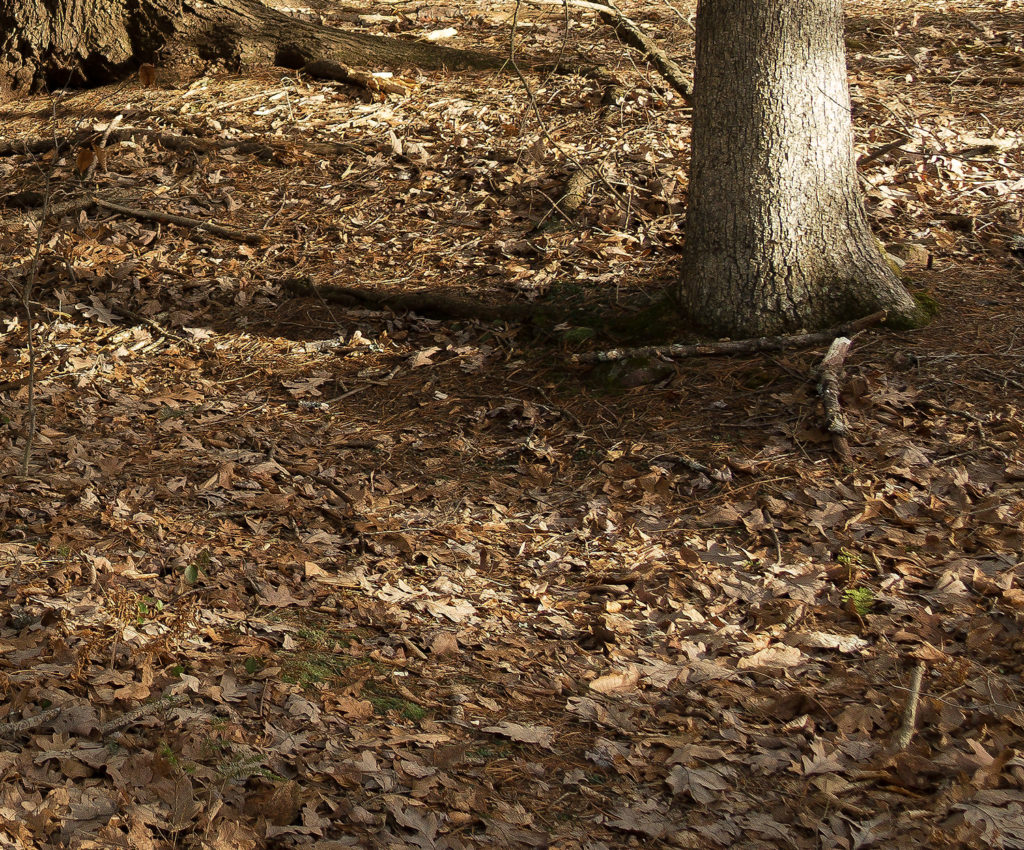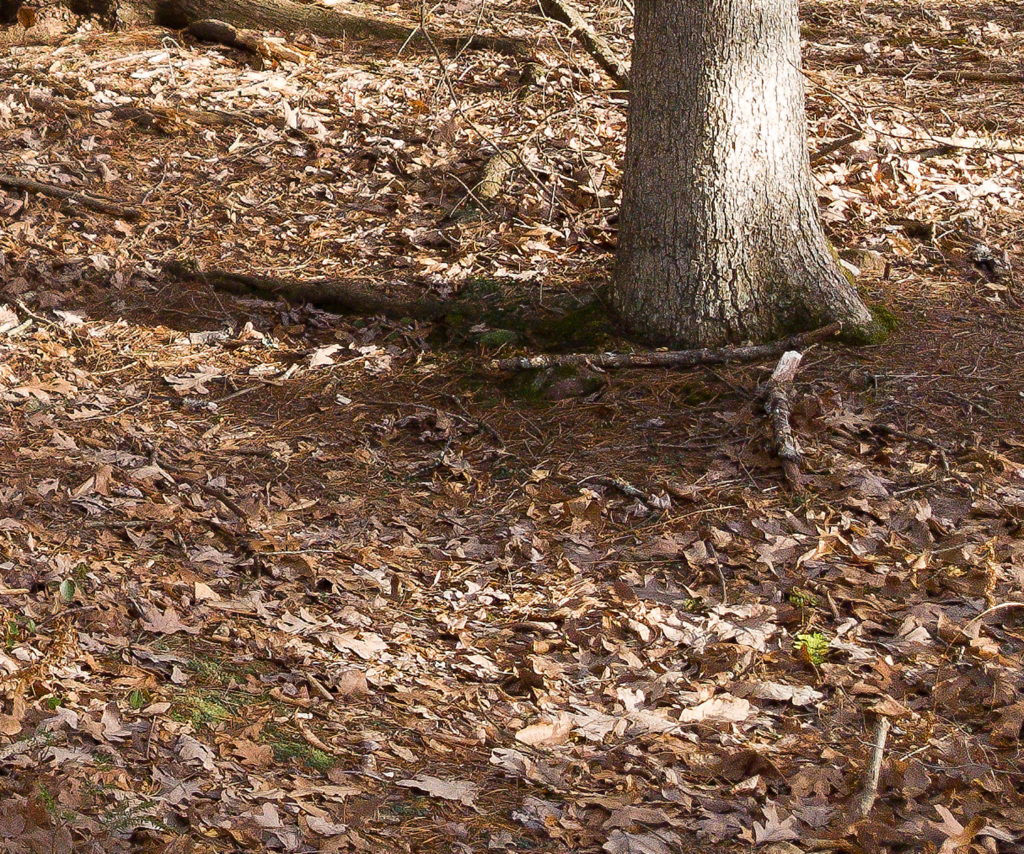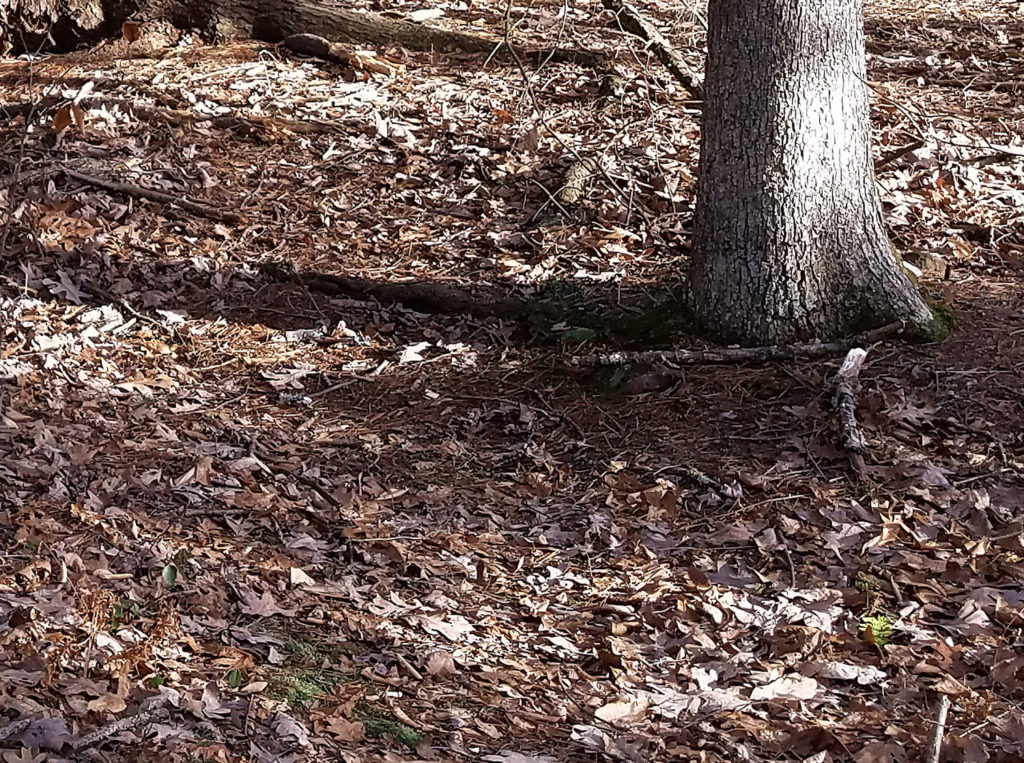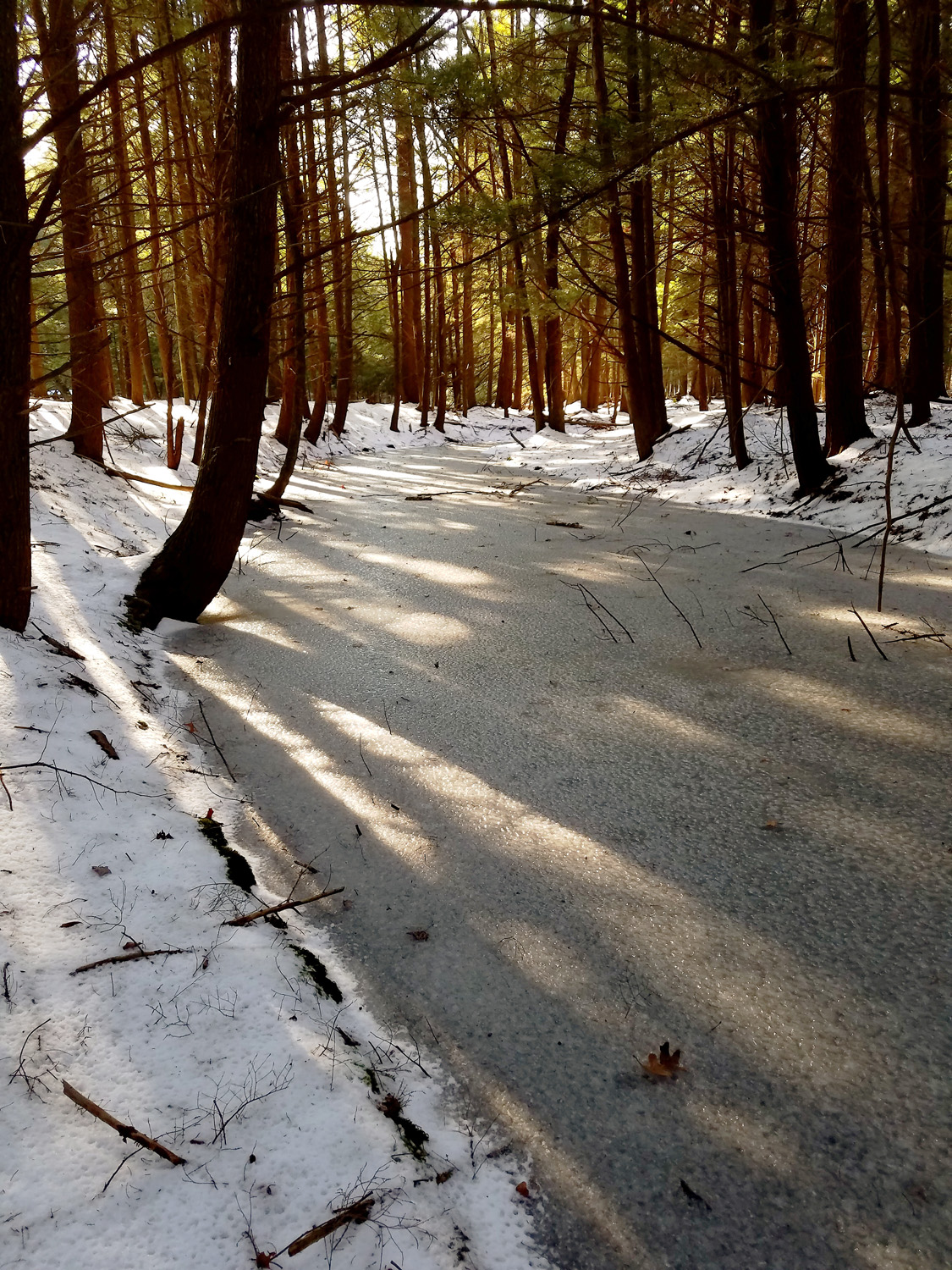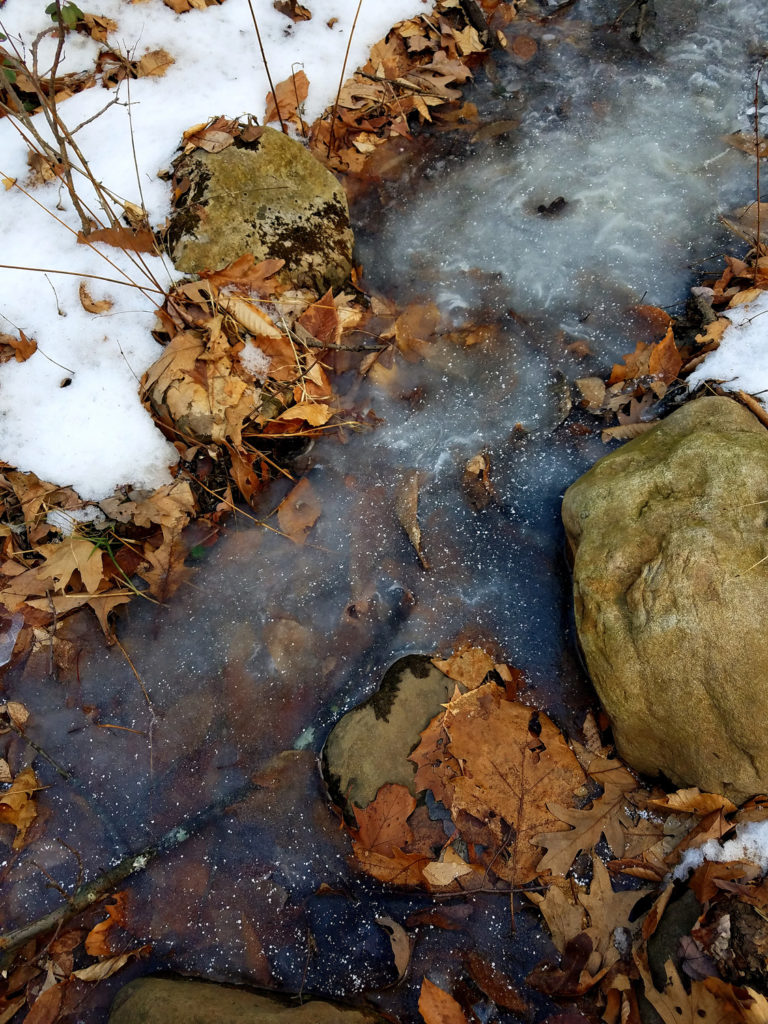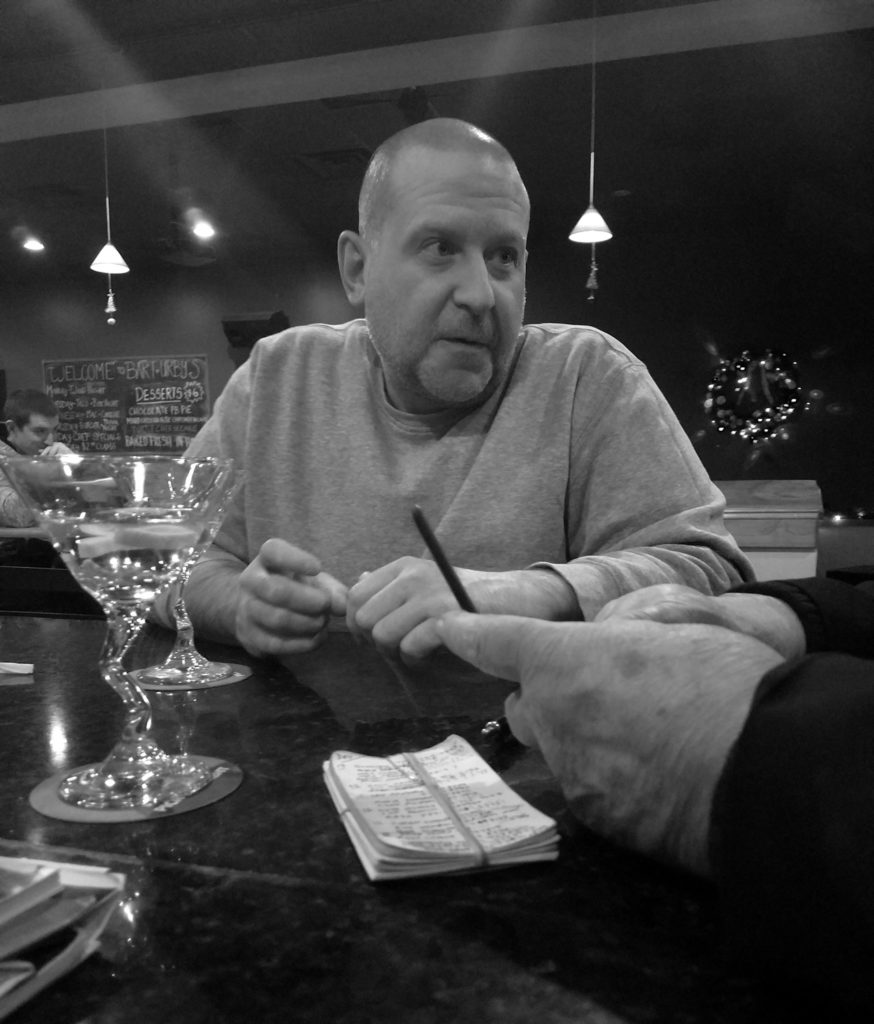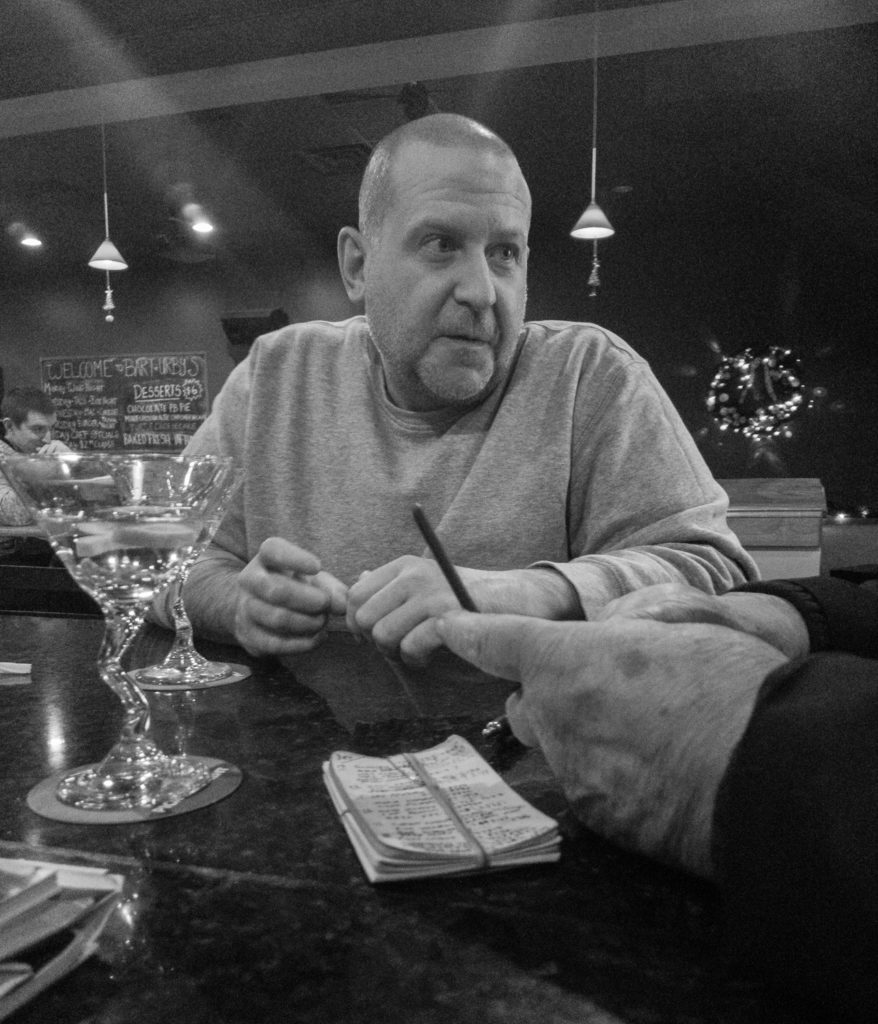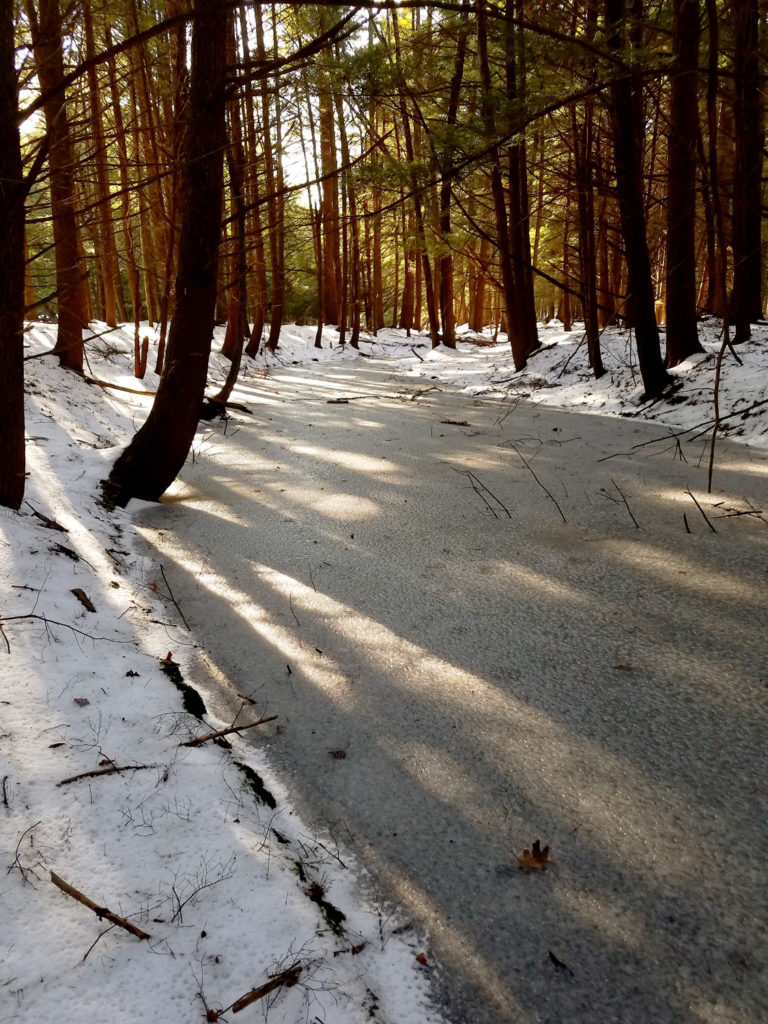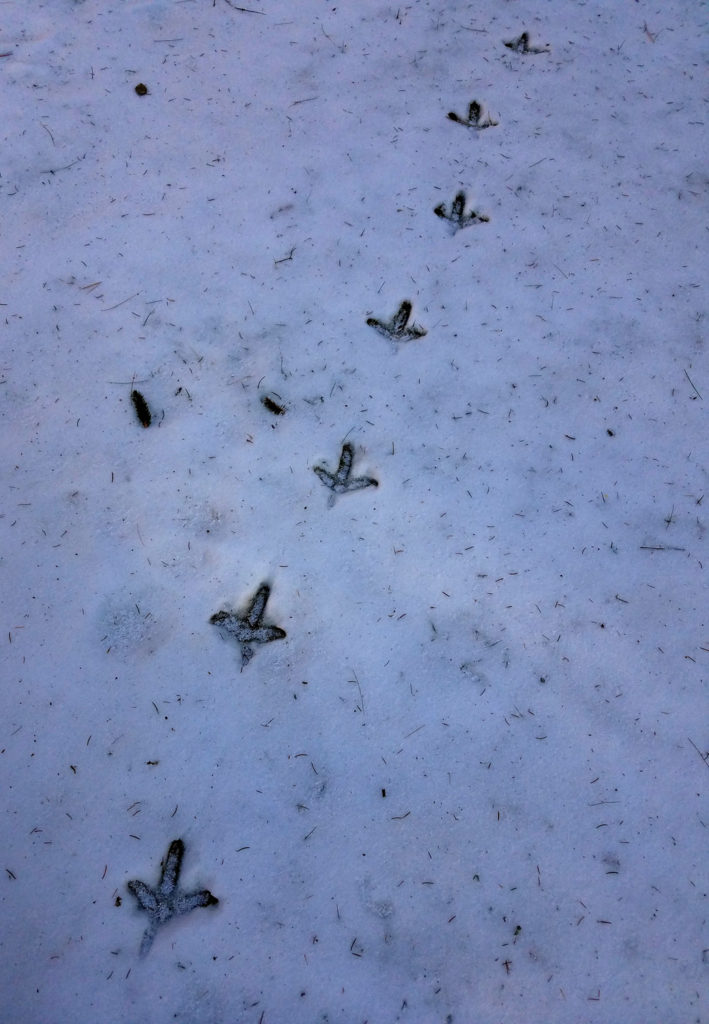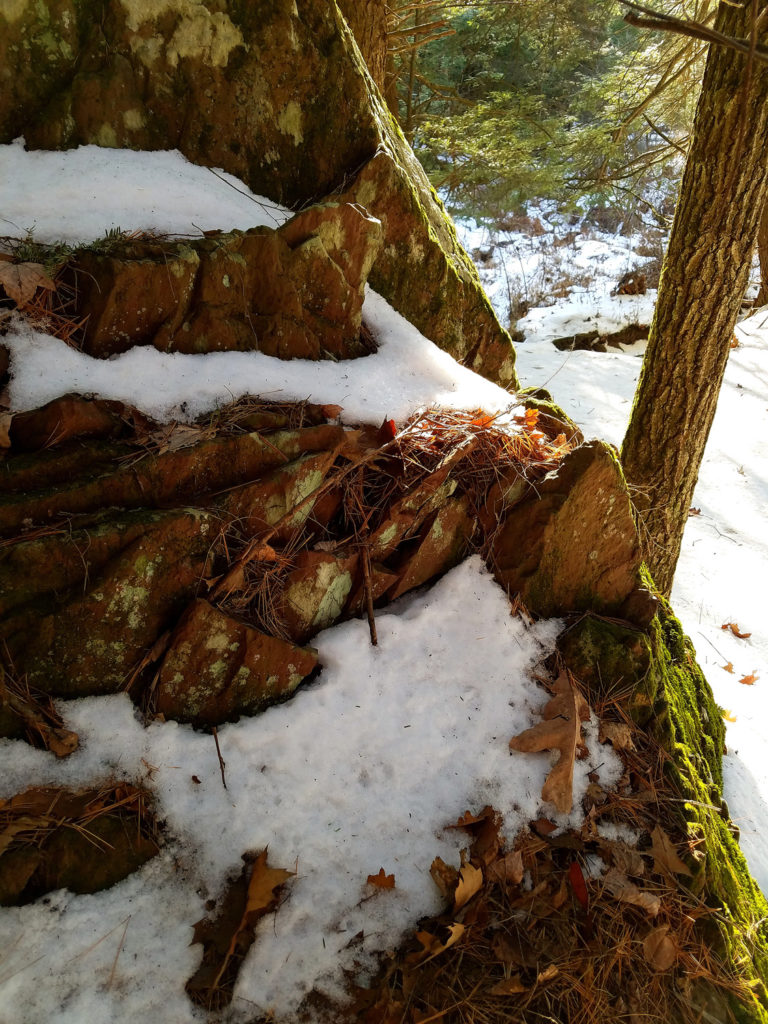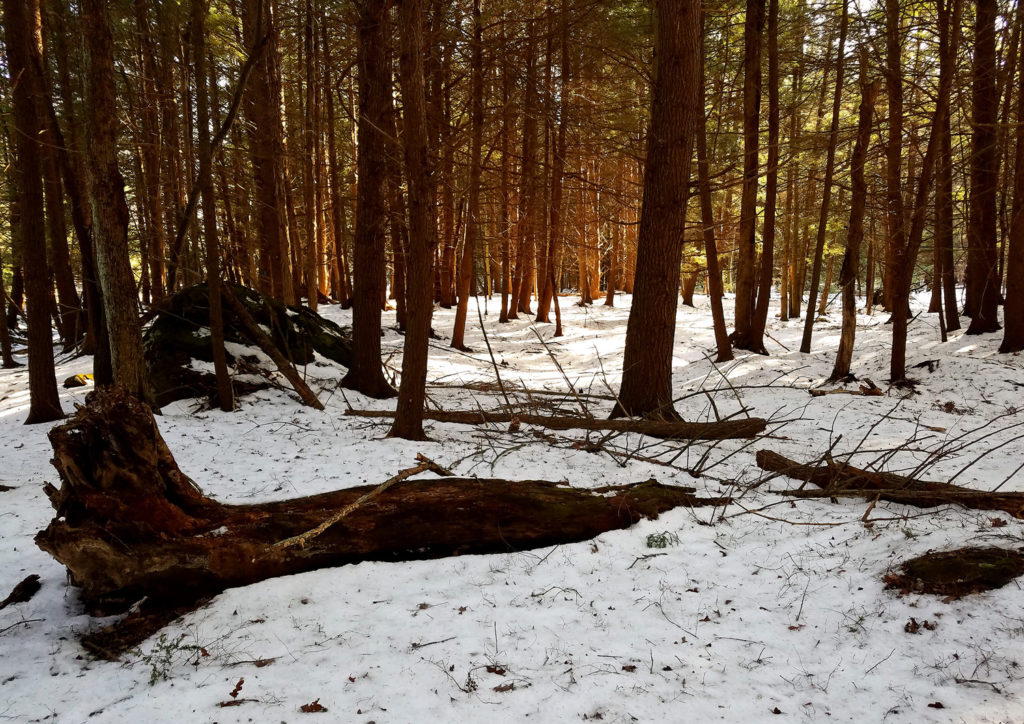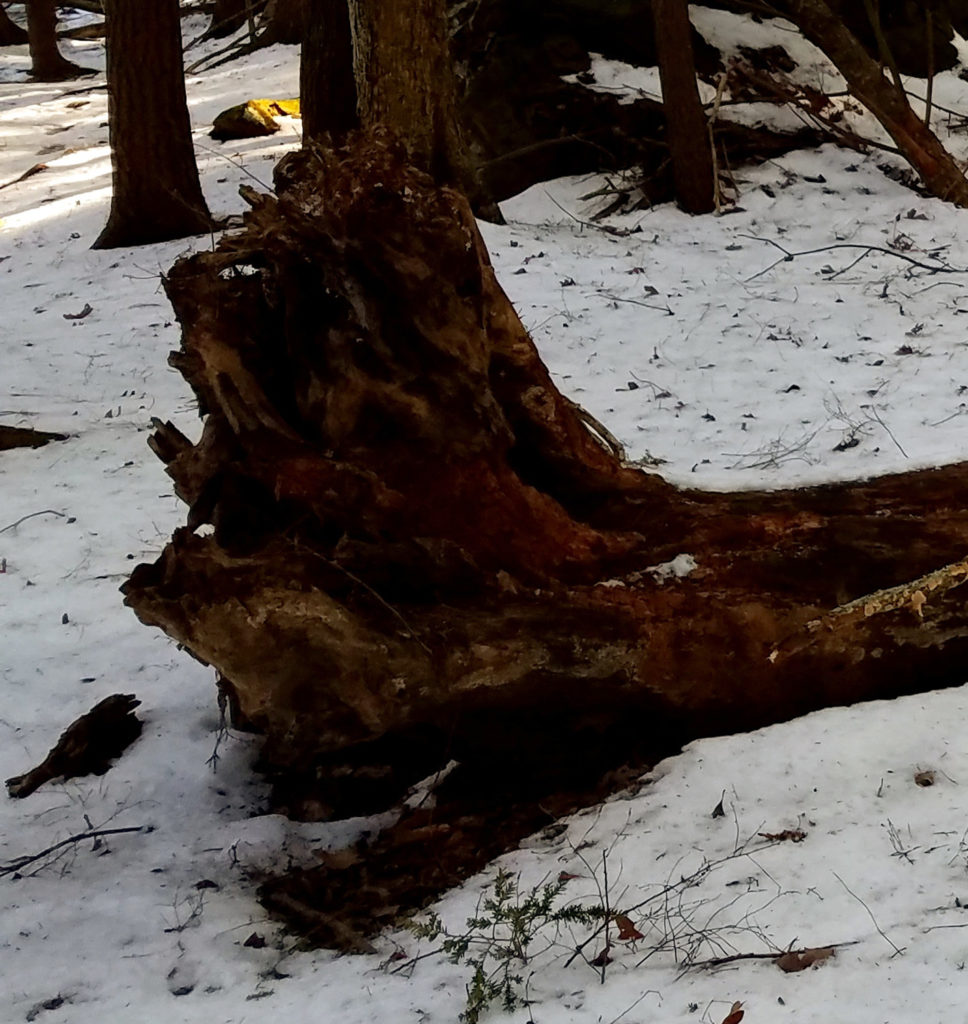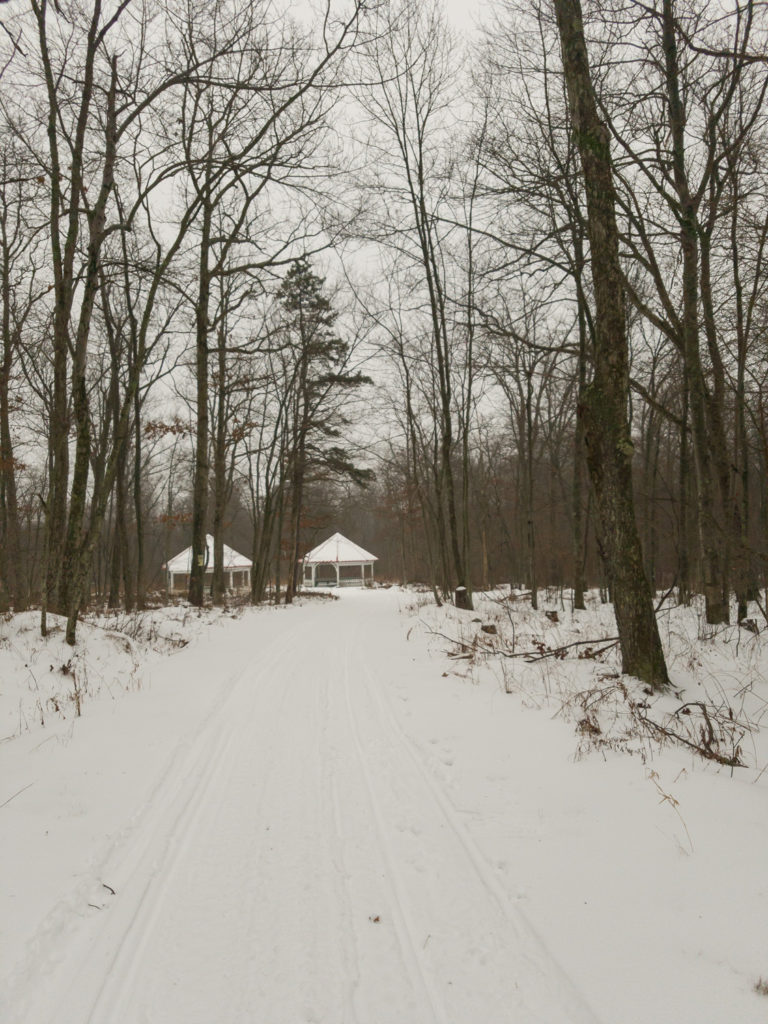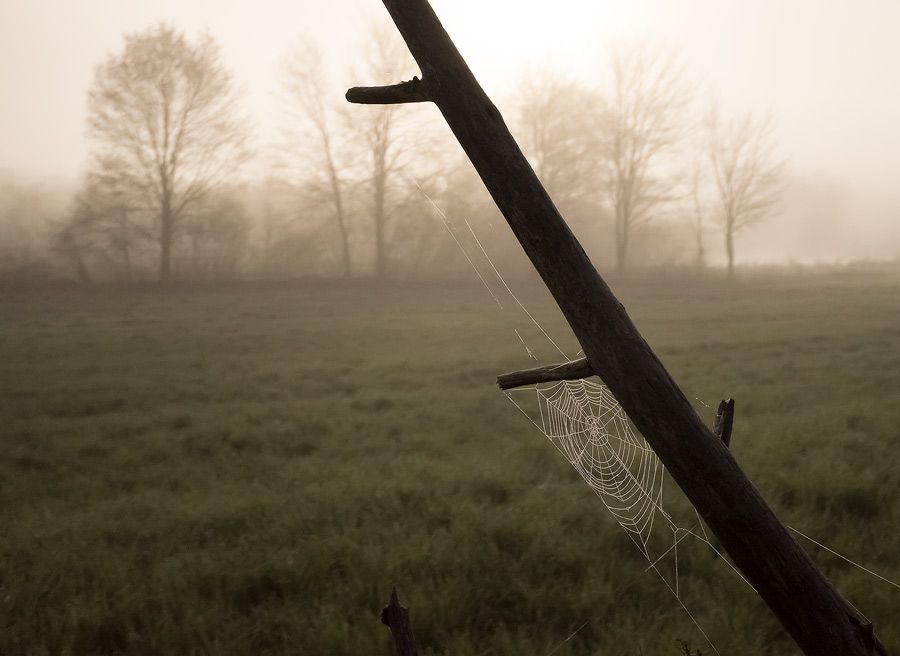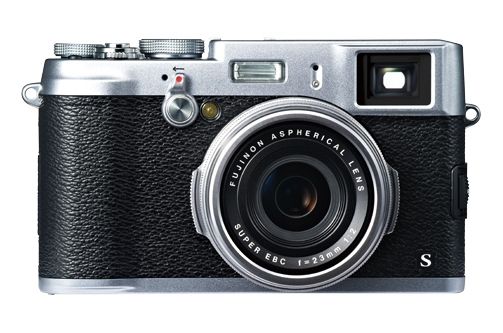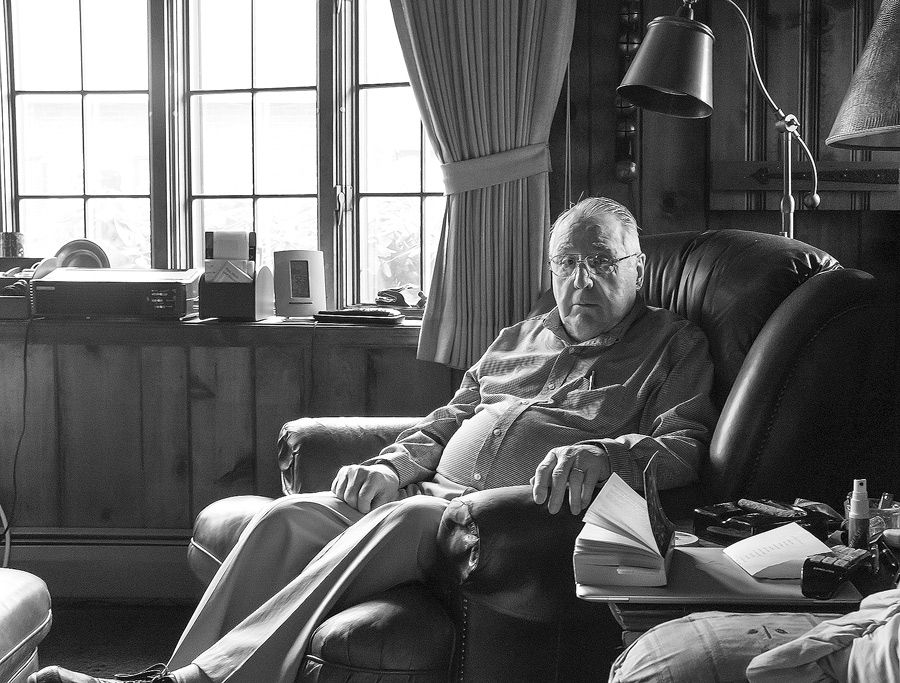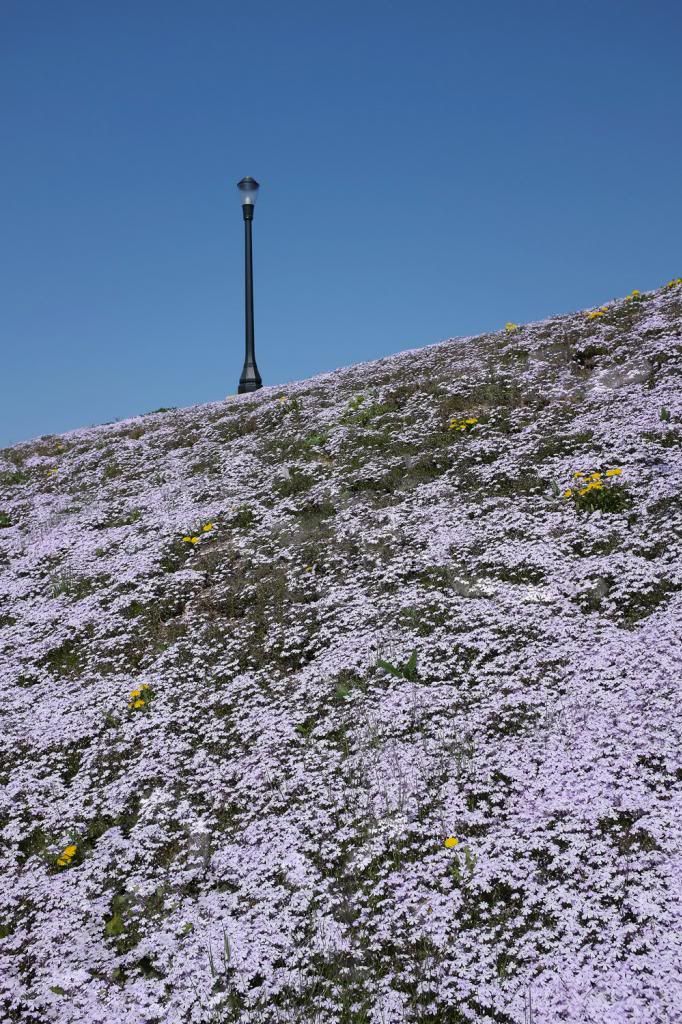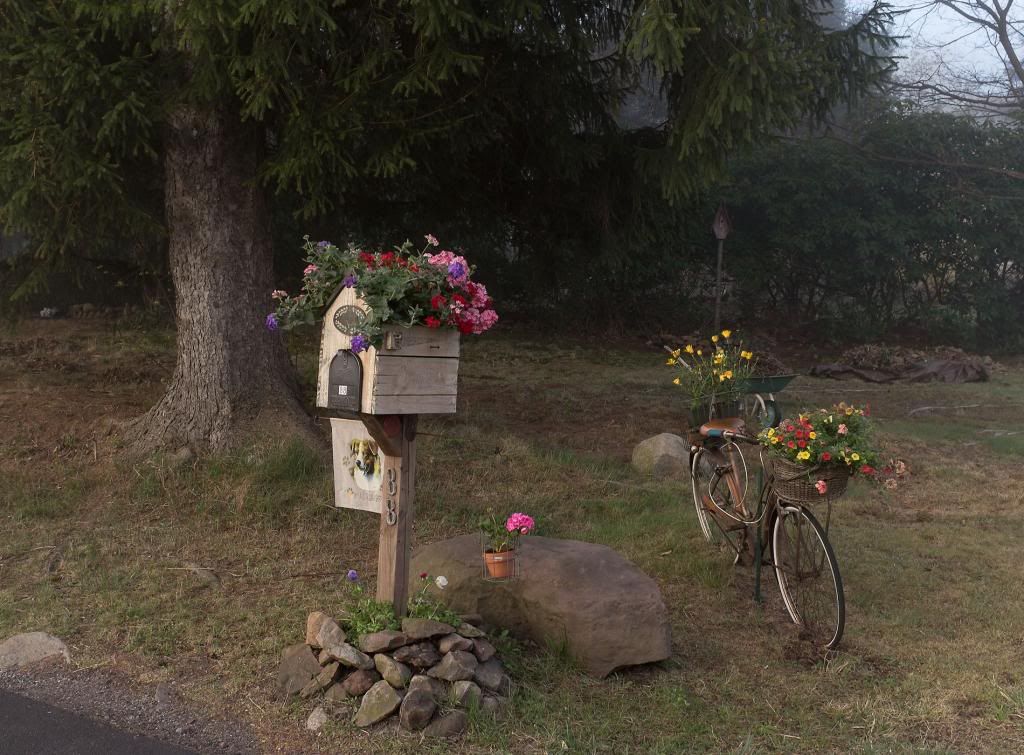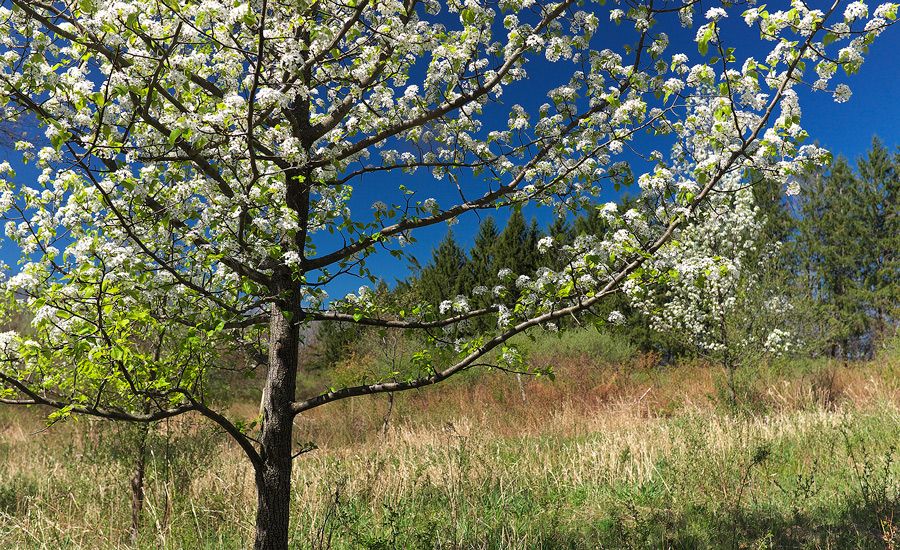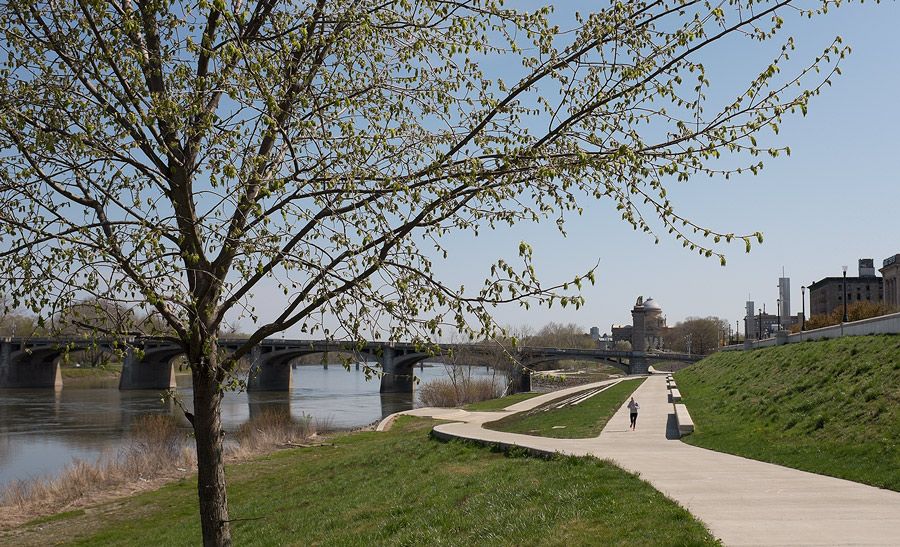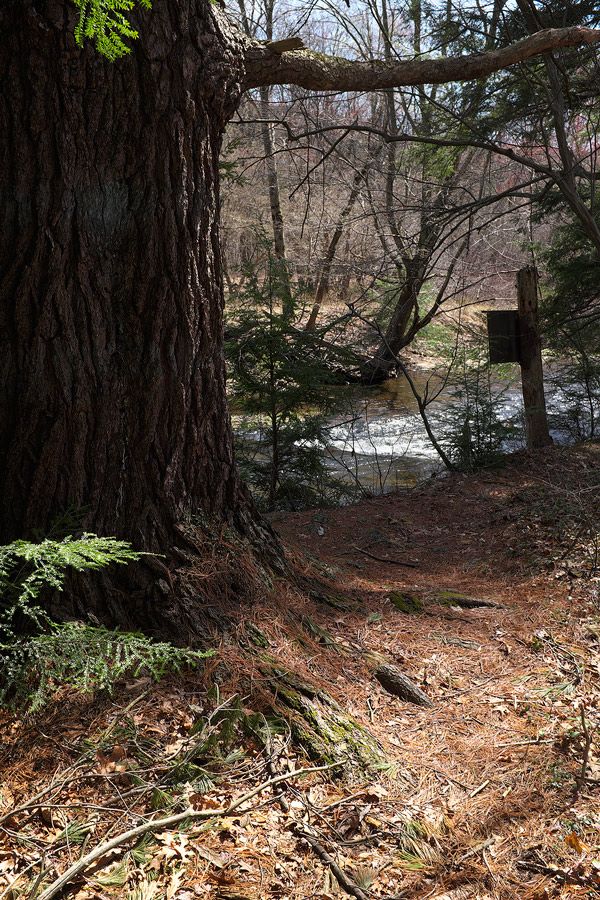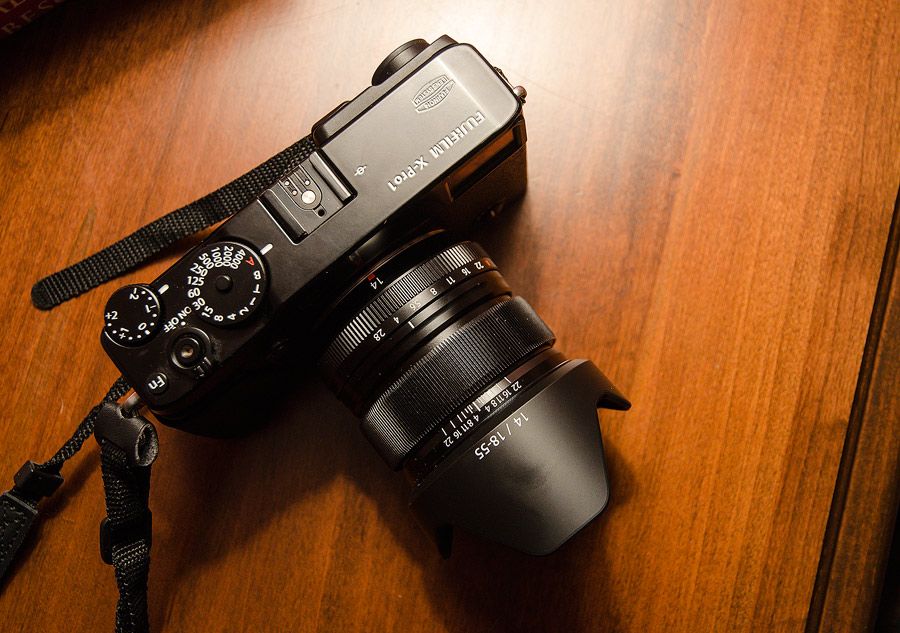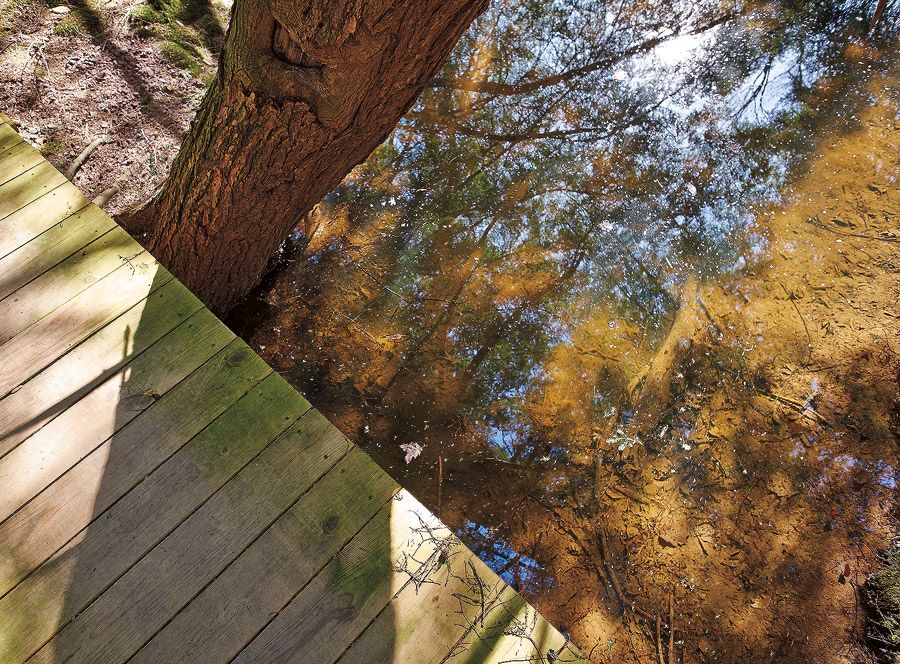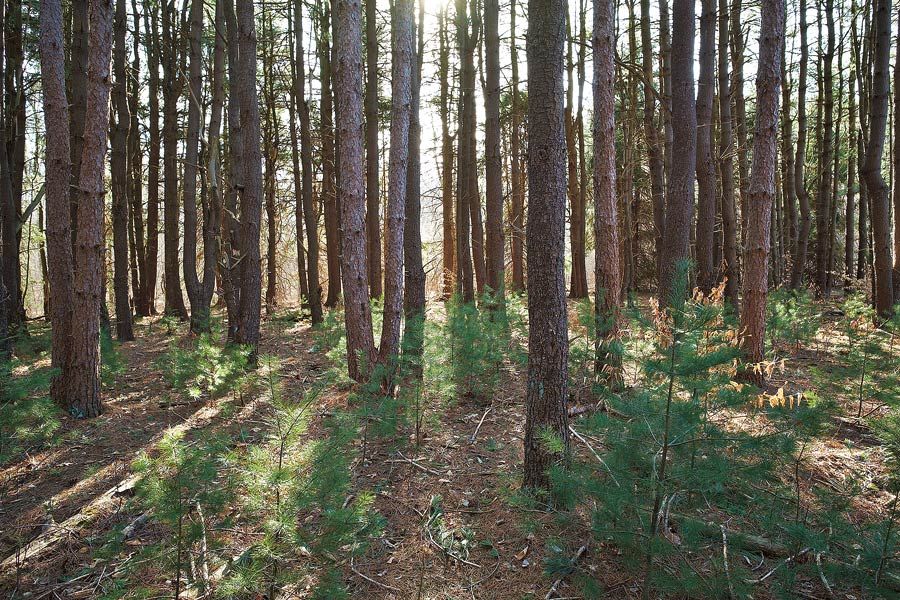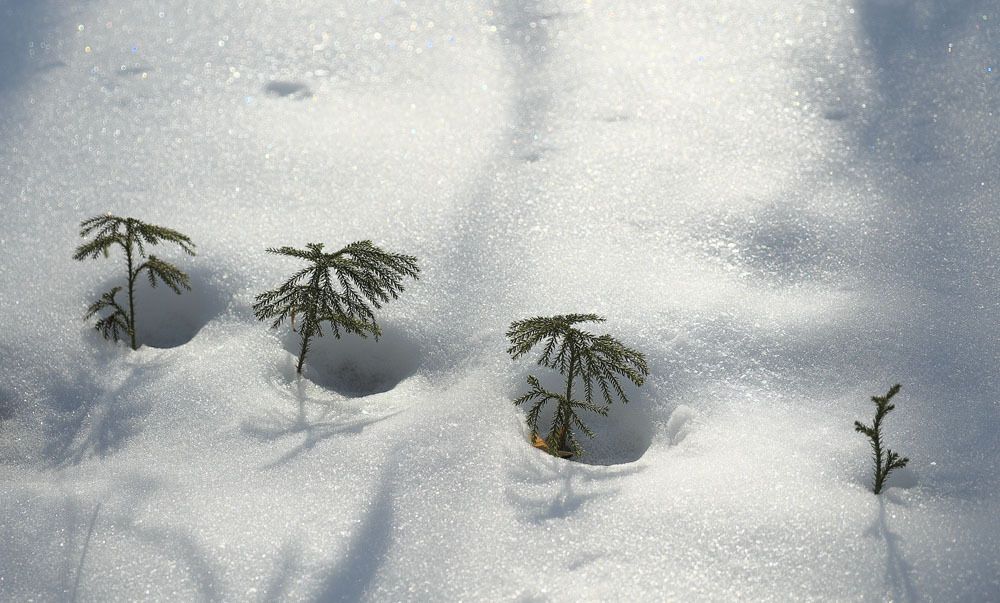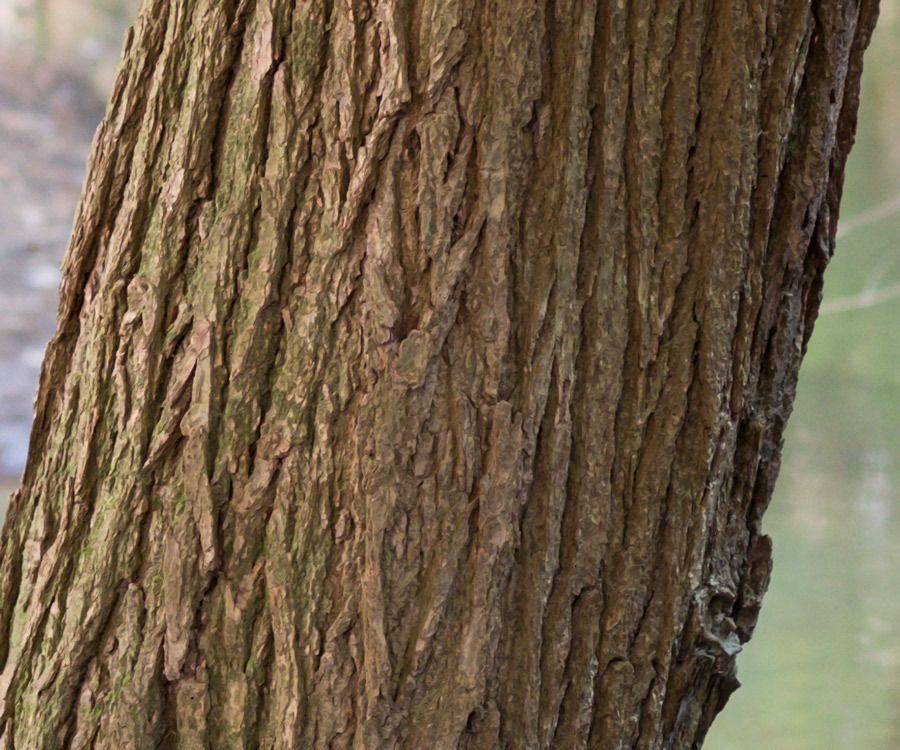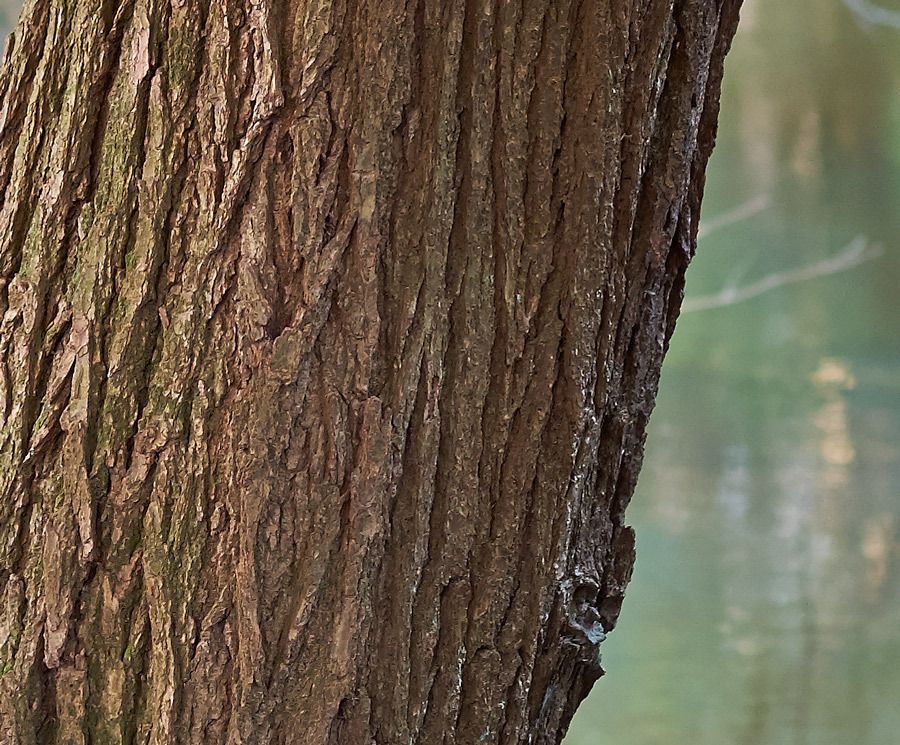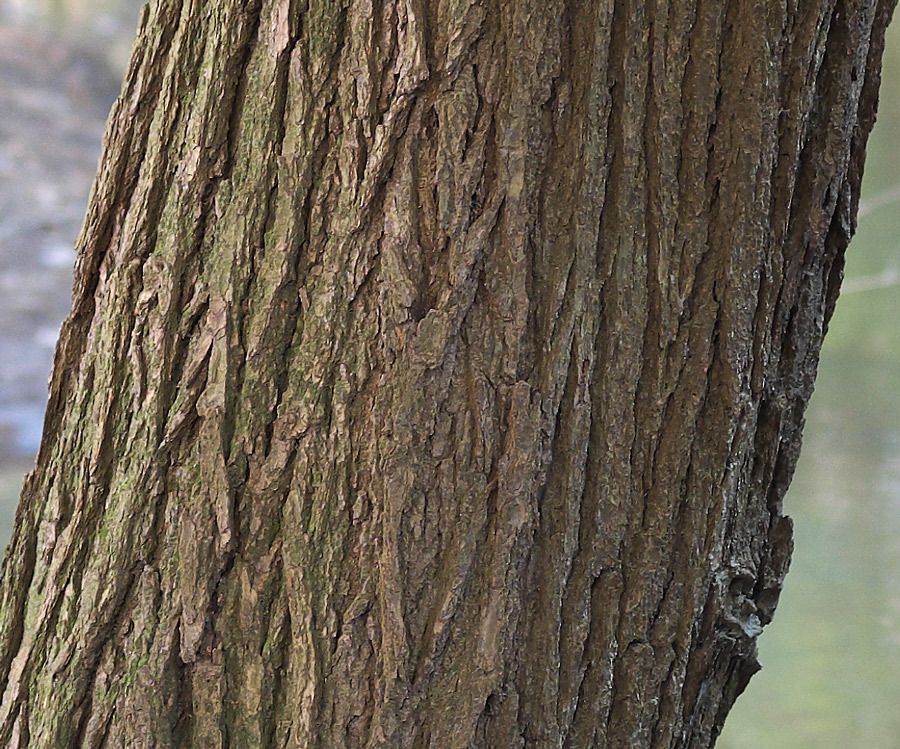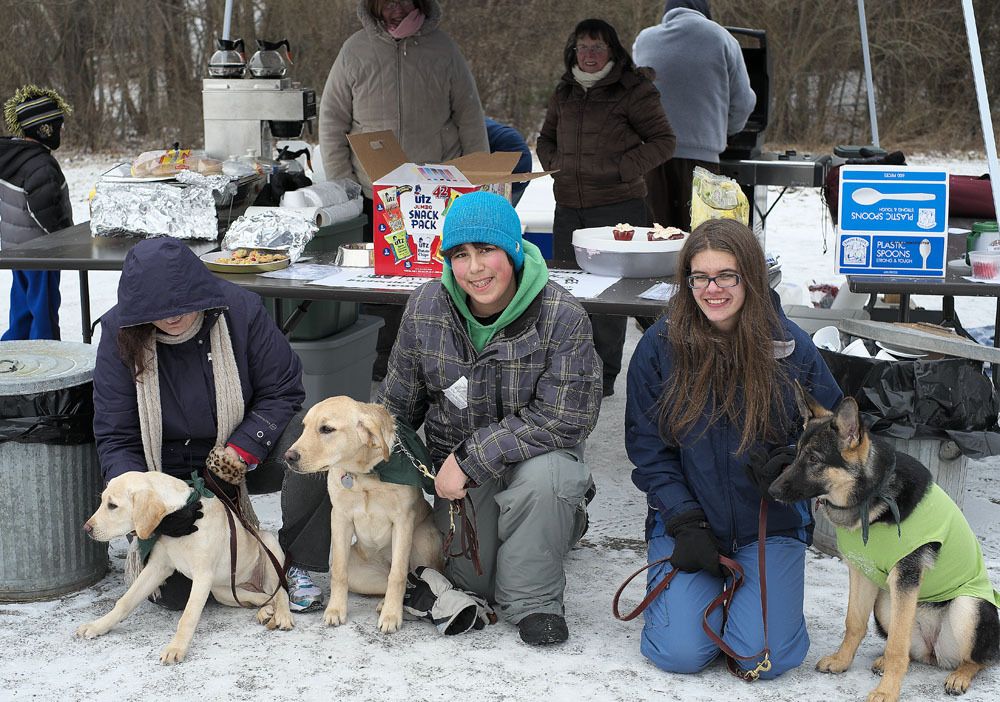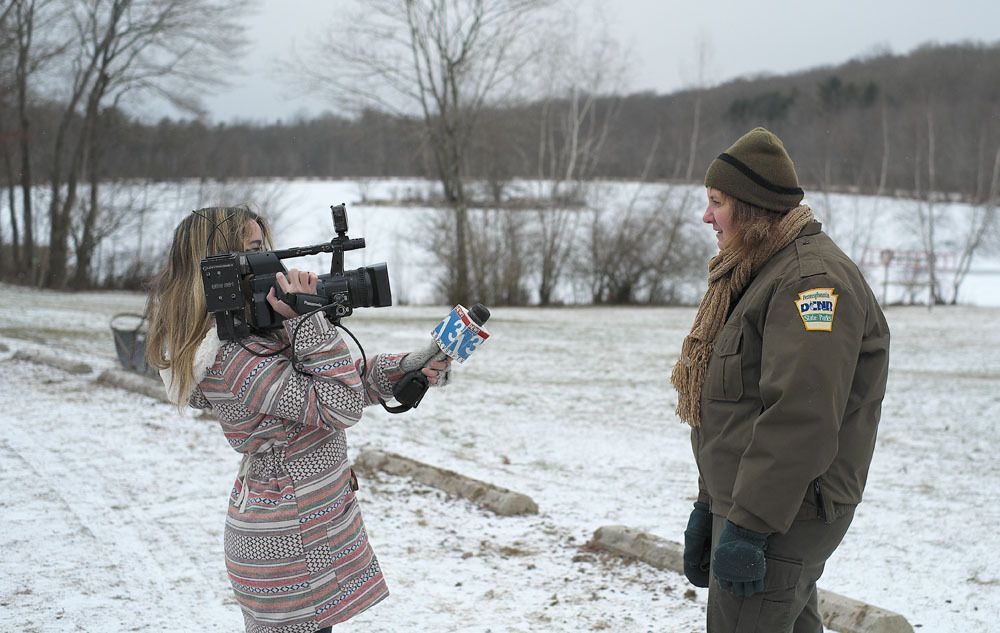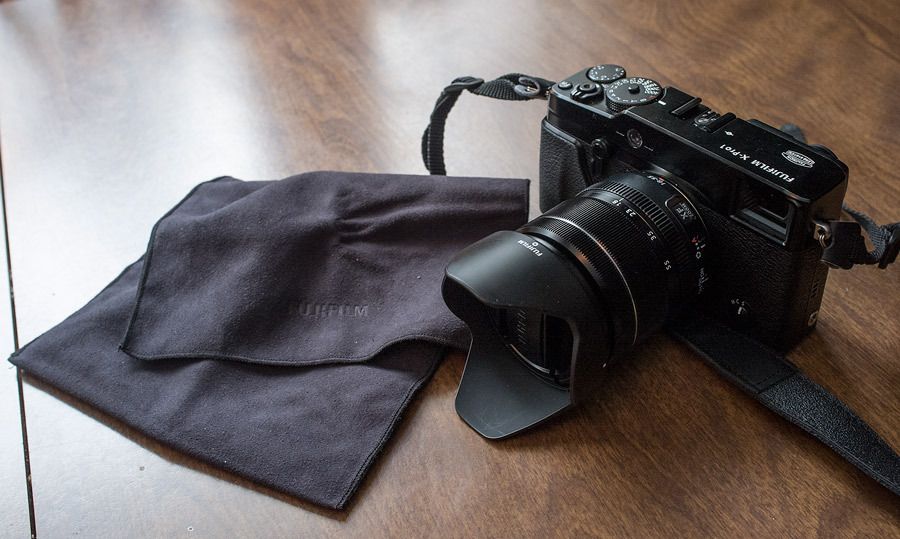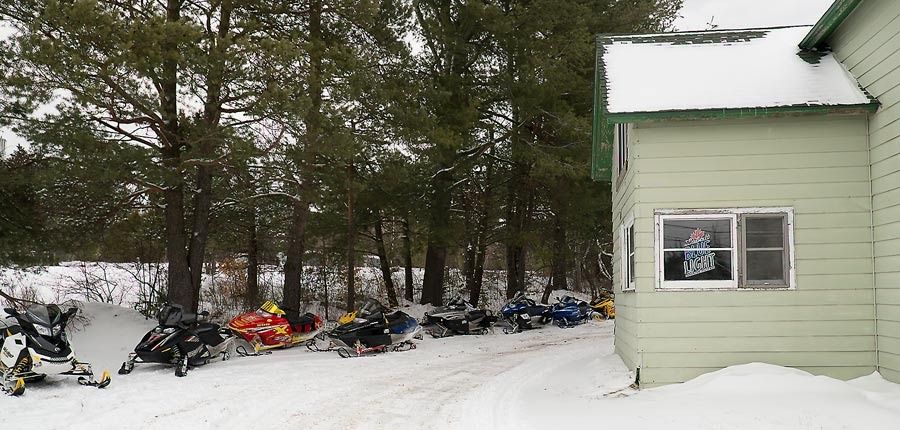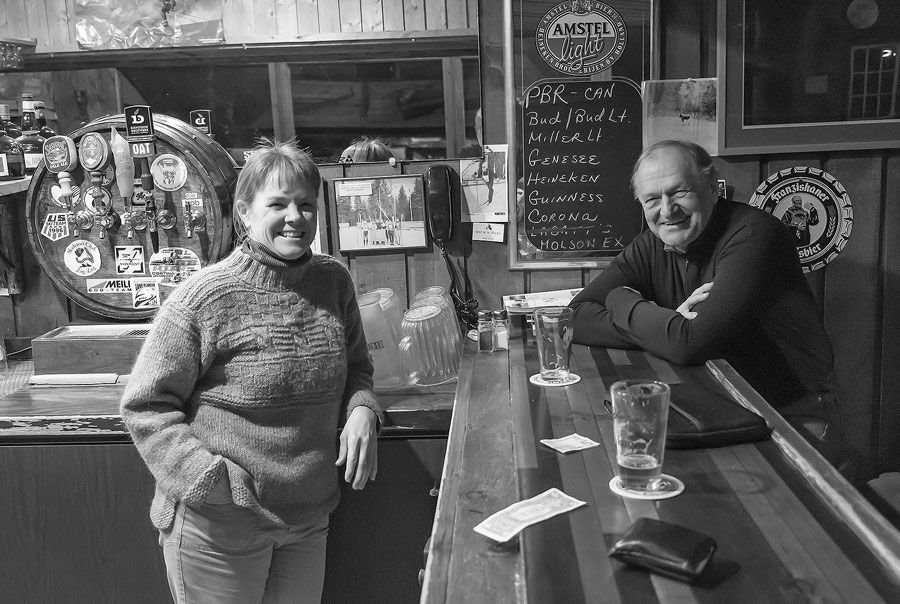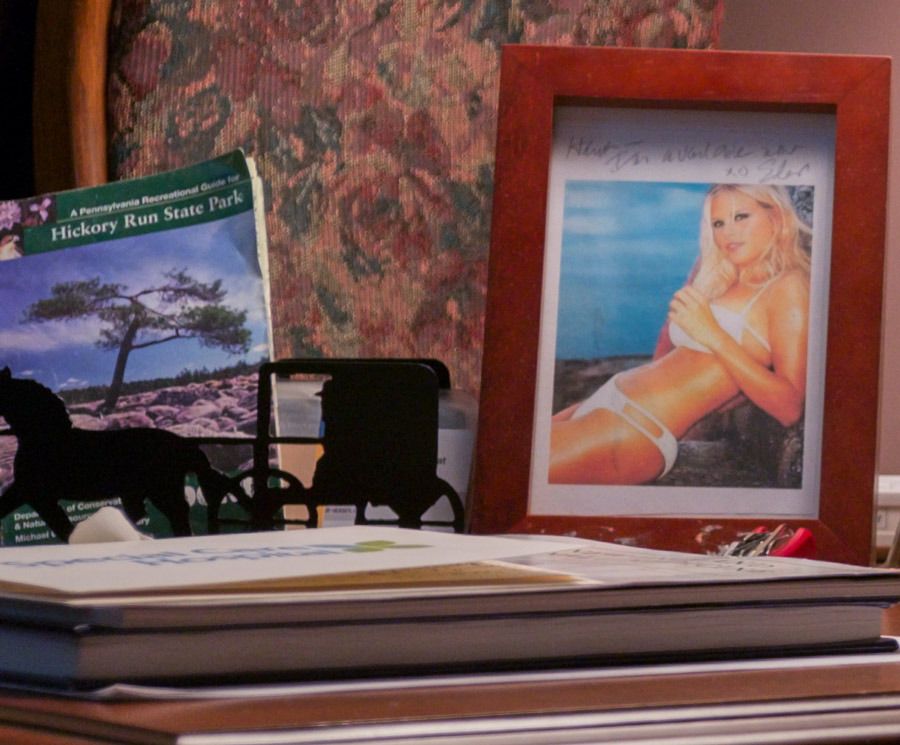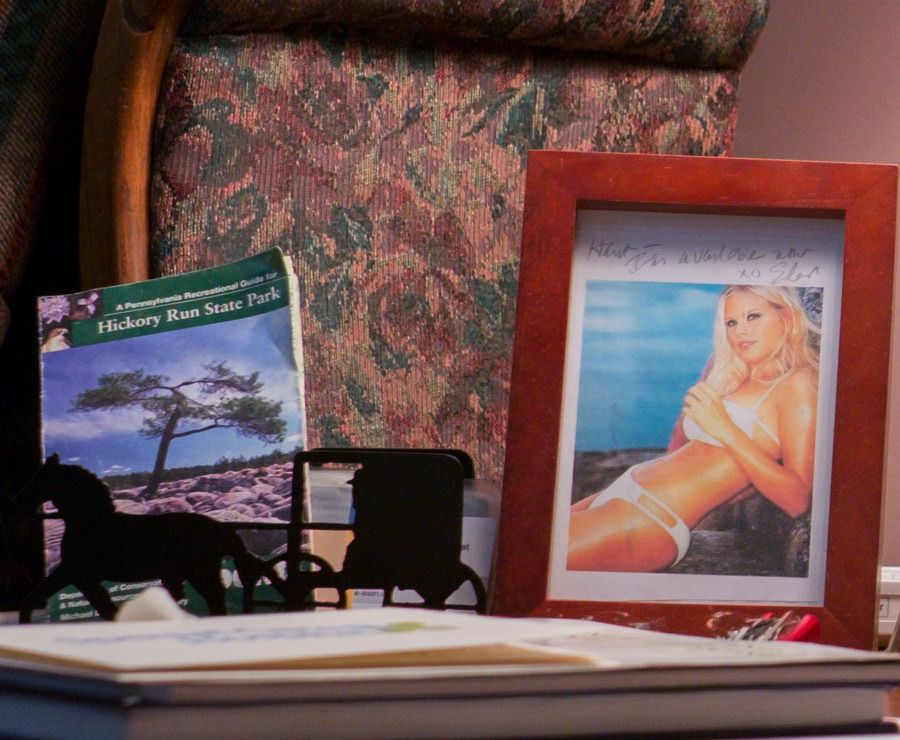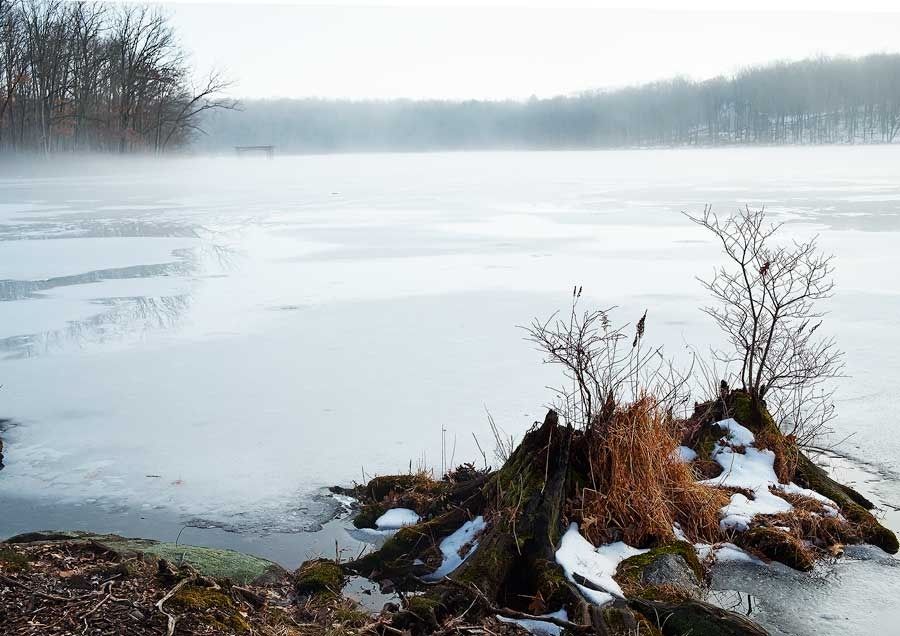Early April in northeastern Pennsylvania is the point where one can realistically hope for the first sporadic signs of spring weather. Here, temperatures, if we are lucky, are in the mid to high fifties. If it is unusually warm, a few of the maples may begin to bud out. Our predominantly oak forests however, stubbornly resist any show of foliage. In fact though, is it the oaks that are more prudent; for a limb-breaking snowfall, even now, is not unlikely.
In this climate, people search for any touchstone to mark this season. For many people in our region, it is the first day of trout season.
Now if you are a fly fisherman, you can fish during a great deal of the calendar year. Pennsylvania proudly boasts some of the finest fly fishing in the country. Whether we’re talking about the upper Delaware River, The big and little Lehigh Rivers, The northern reaches of the Allegheny River, or the limestone creeks of south-central Pennsylvania, the state is a popular destination for anglers.
There is, however, a second culture of fishing in the state. It is a culture some would call “put and take”, In other words: people who, unlike the fly fishermen, actually tend to eat the trout they catch. These are the people that show up in force on the first day of the regular trout season.
For instance, located at the nearby Nescopeck State Park; Lake Francis is a 9 acre relatively cold water impoundment, which is traditionally stocked with Brown and Brook trout on the week before the season. Now by early May, on a walk around the lake, you may encounter two or three people with a line in the water. But on opening day Saturday, it is not an exaggeration to say that the fishermen are literally shoulder to shoulder. This is true at many other lakes where trout are stocked.
It is the abundance of hatchery trout that draws them, fish that are perceived as being “easy marks” compare to the wily native Brook Trout. They readily feed on the most mundane of live bait and even canned corn, which is said to resemble the feed they are given in the hatchery (I’ve even seen fly patterns designed to mimic trout pellets).
Now many of the people there are family groups with children. For them, it is a great day to introduce their kids to the joy of fishing with a high likelihood they may actually catch a trout or two. Others are like friends I grew up with: people for whom having trout in the freezer was a way to extend their food budget.
But there are trout stocked also in the streams and rivers. Even on that day in April, if one explores a bit, it is possible to find isolated riffle, or pool stocked with the same naive hatchery fish. When I have fished on that day I always gravitated towards solitude.
If it is like my childhood, despite the crowding, one will find the same people at the same spot on the lake or the stream year-to-year.
They’re there for the fish, the tradition, and hopefully, the first bit of spring.

